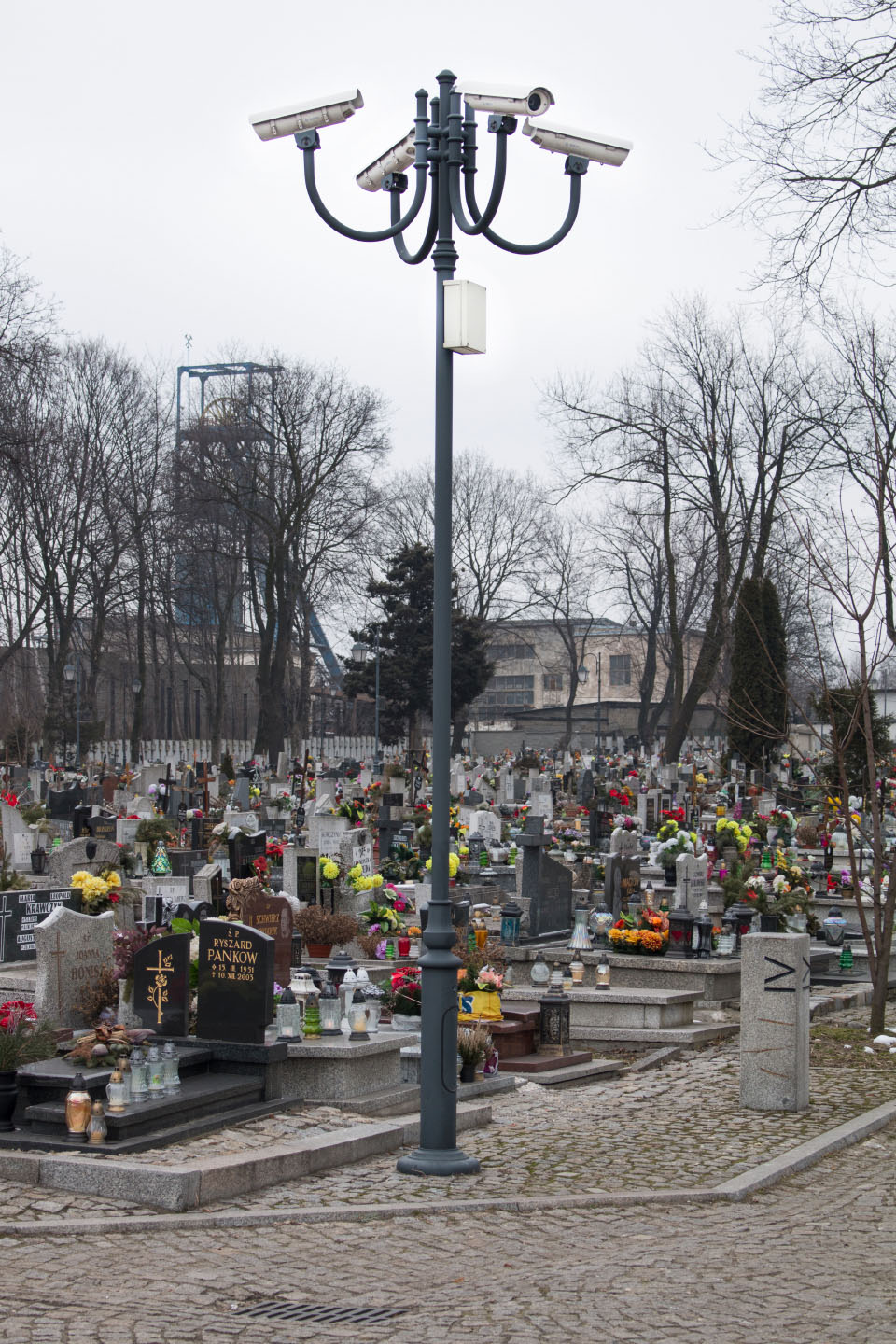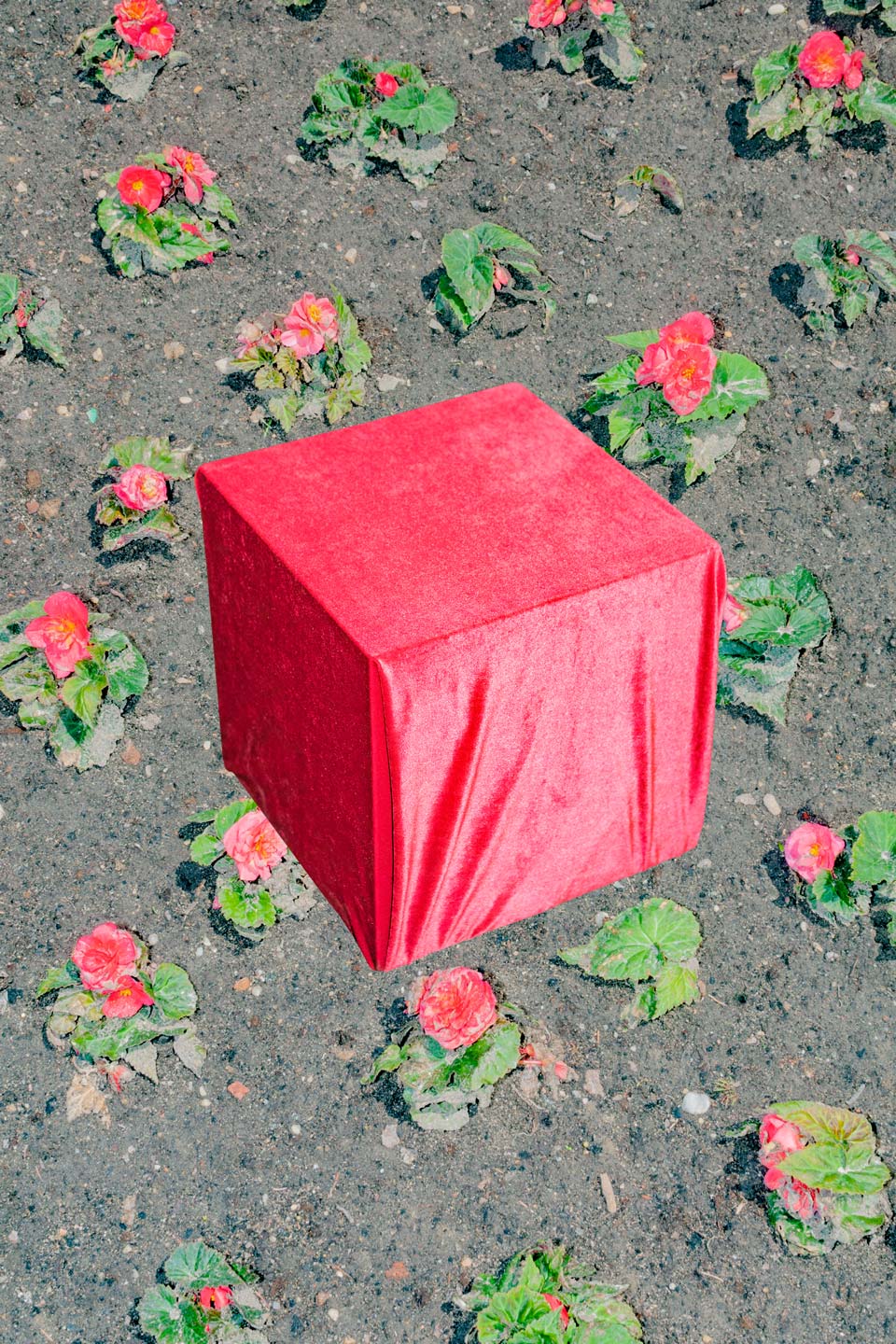
City of Gardens
In collaboration with Elena Subach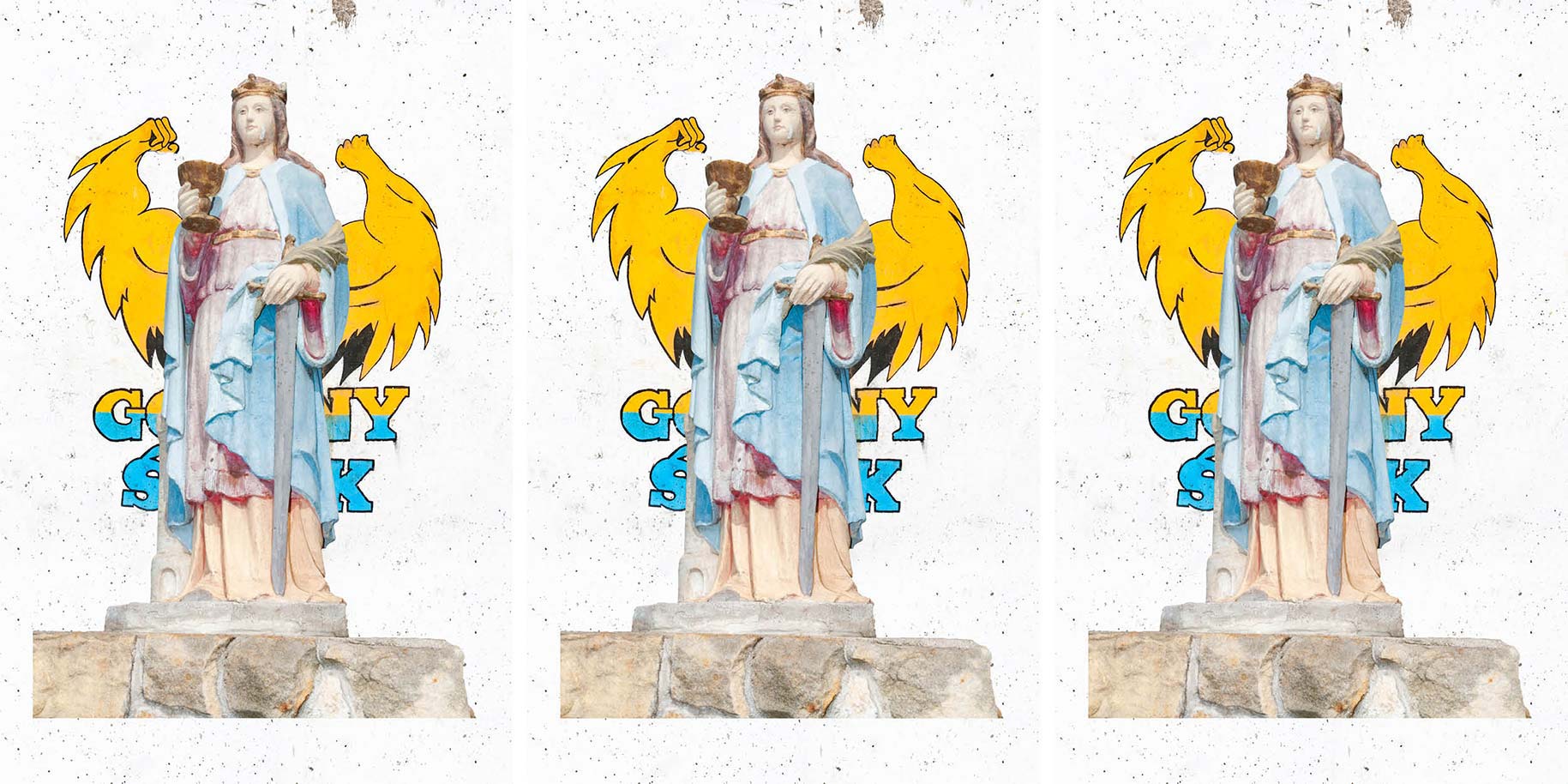
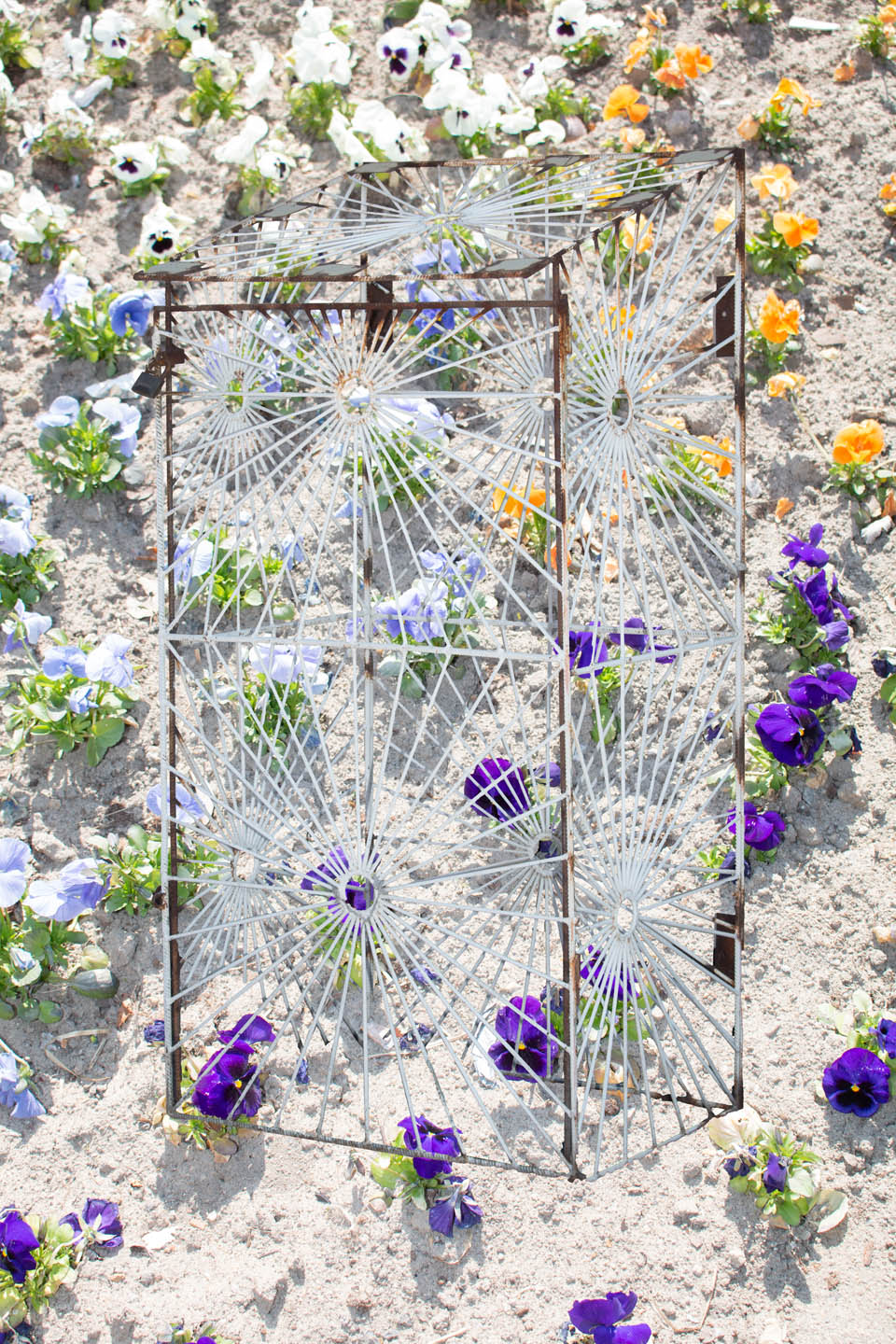

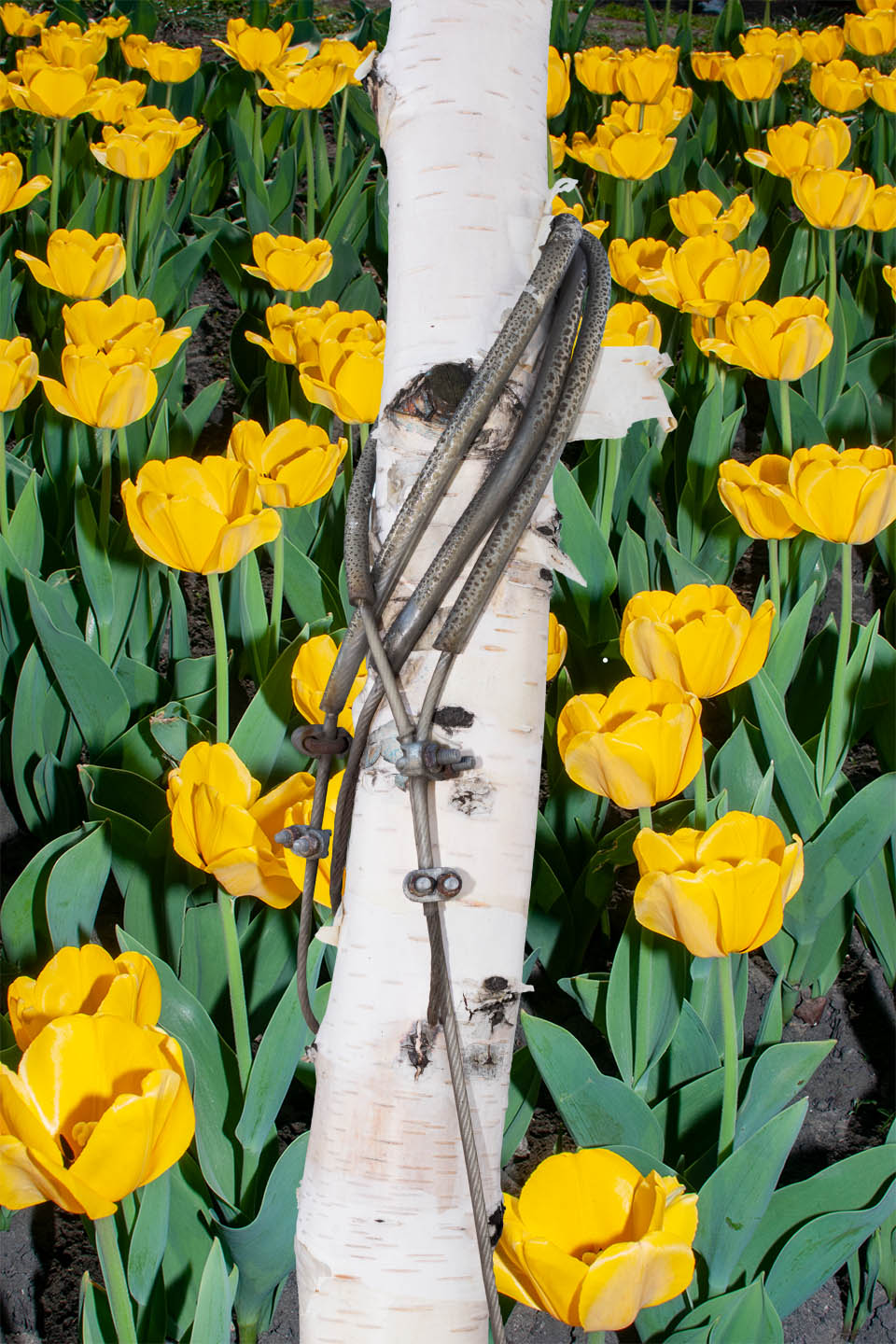
In 1940s, workers of one of the mines in Katowice initiated gatherings in the regional House of Culture, where they started to do paintings. It marked a shift in their mystical and spiritual practices which had little in common with plastic art. Later, they were known as "naïve artists of the Yaniv group".
In 1910, Julian Ochorowicz was granted the award by the French Society of Transcendental Photography for his ‘psychic experiments and for the photos of objects levitated by medium’. He lived close to Katowice and belonged to those whose occult practices had an impact on the Yaniv group.
The suburbs of the present-day Katowice used to be divided by the borders of three empires. Namely the Kingdom of Prussia, the Austro-Hungarian and the Russian empires, which were competing for the mines and factories of the industrial Silesia. Even today, every place here captures a label when narrated, i.e. this is German, Russian, Polish, Silesian.
In contrast to the rest of Poland, Silesians love doves and do not consider them as flying rats. Harsh characters of the miners still let them save the birds. Silesian doves are much nicer and colorful than the ordinary Polish.
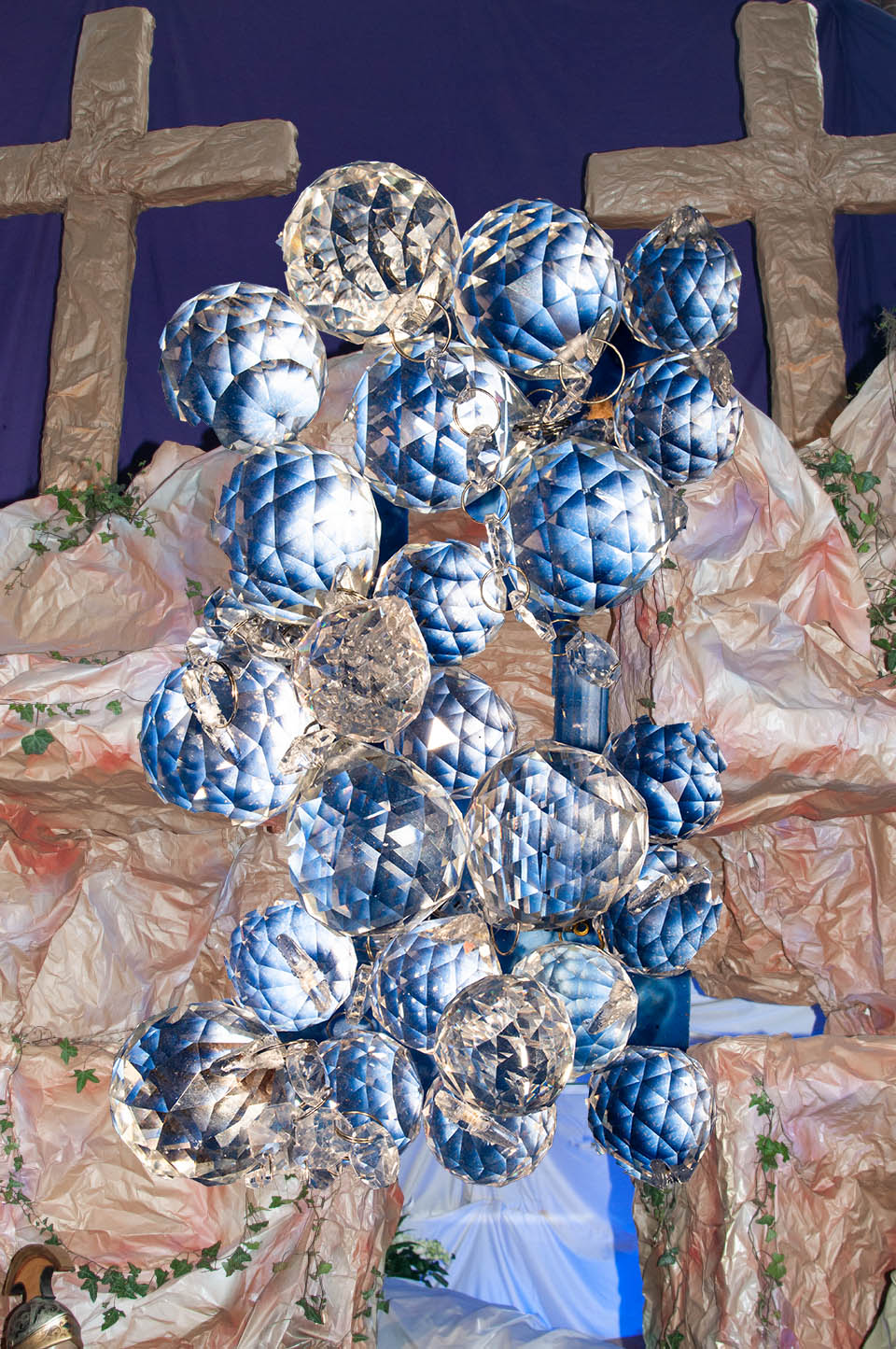
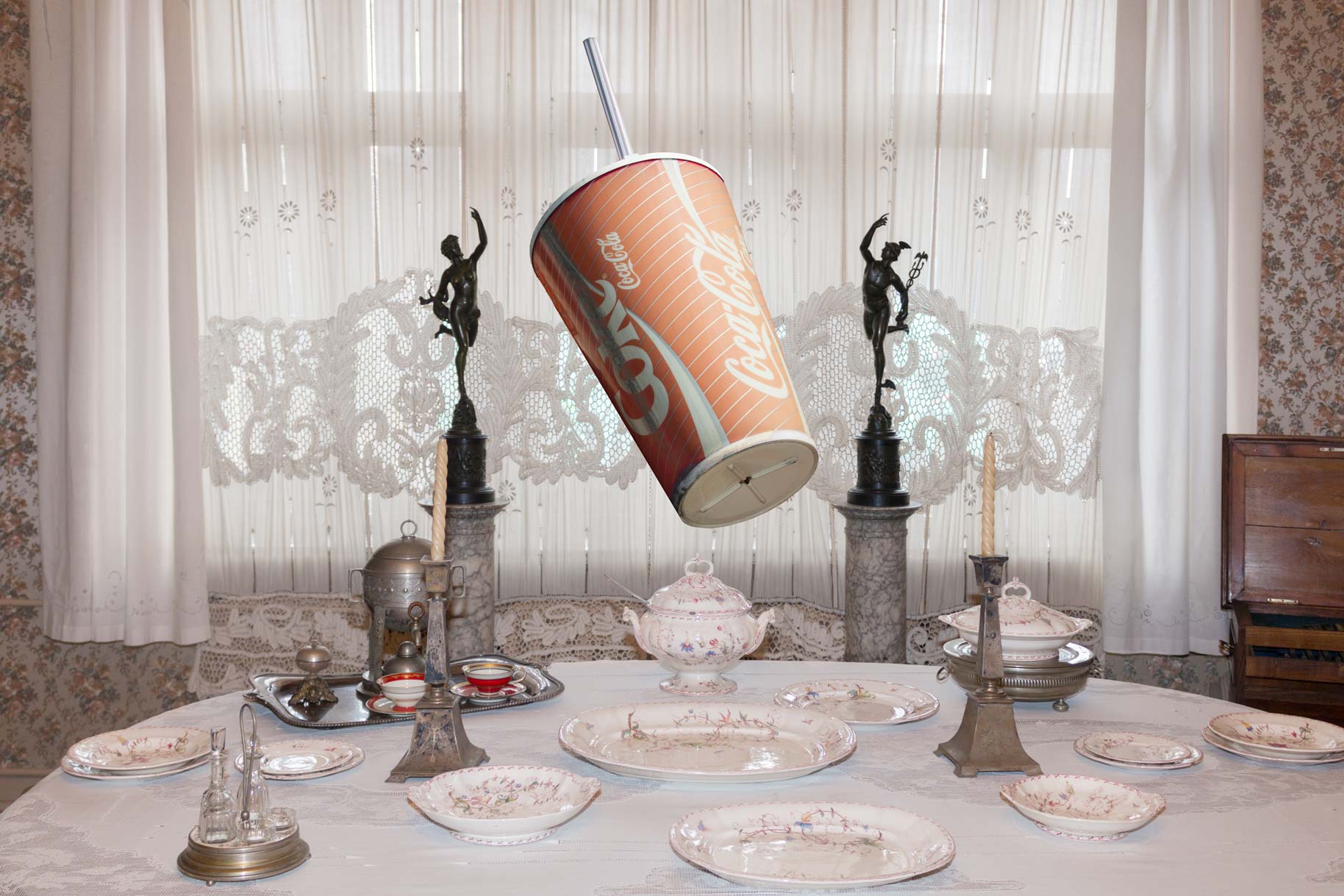
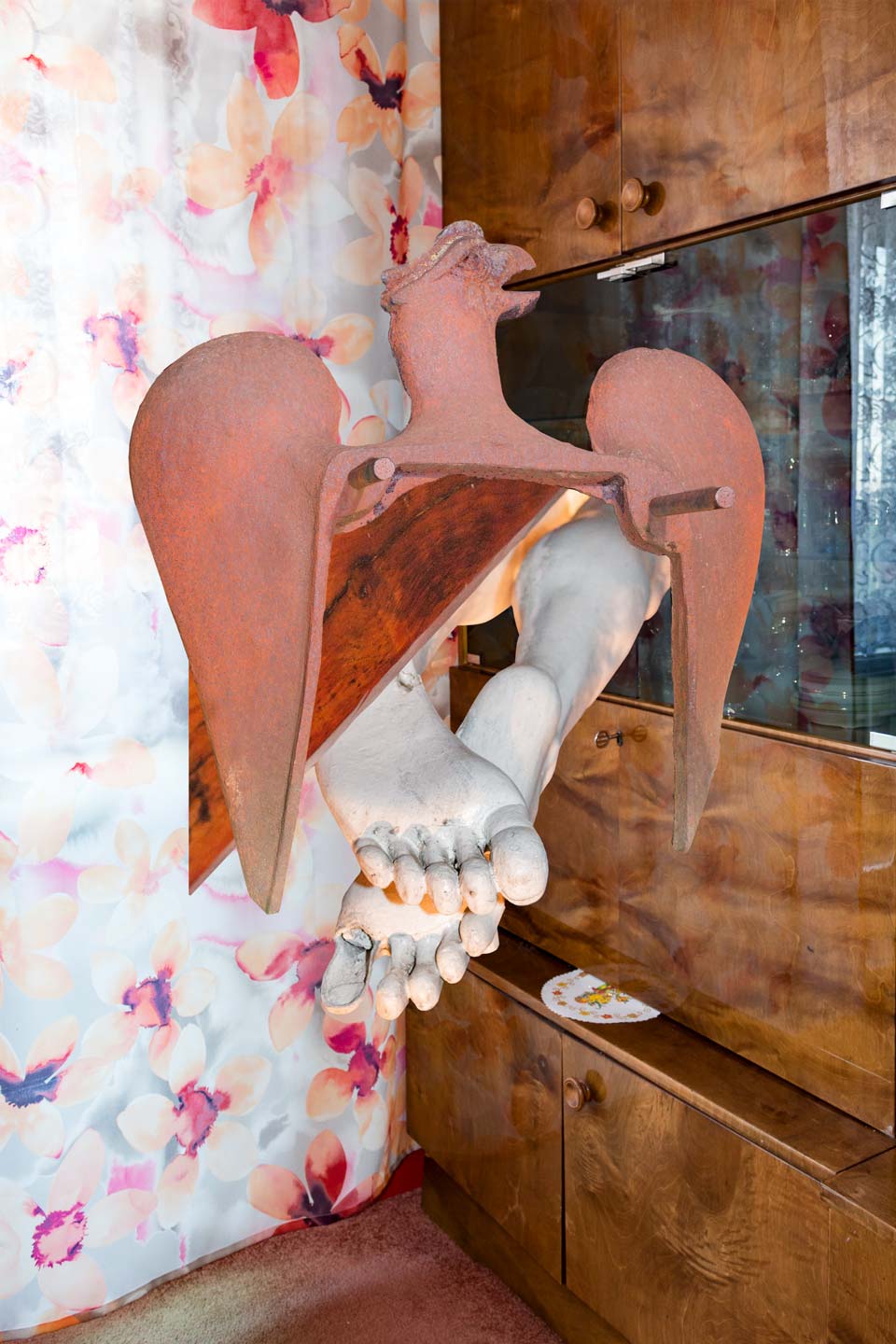
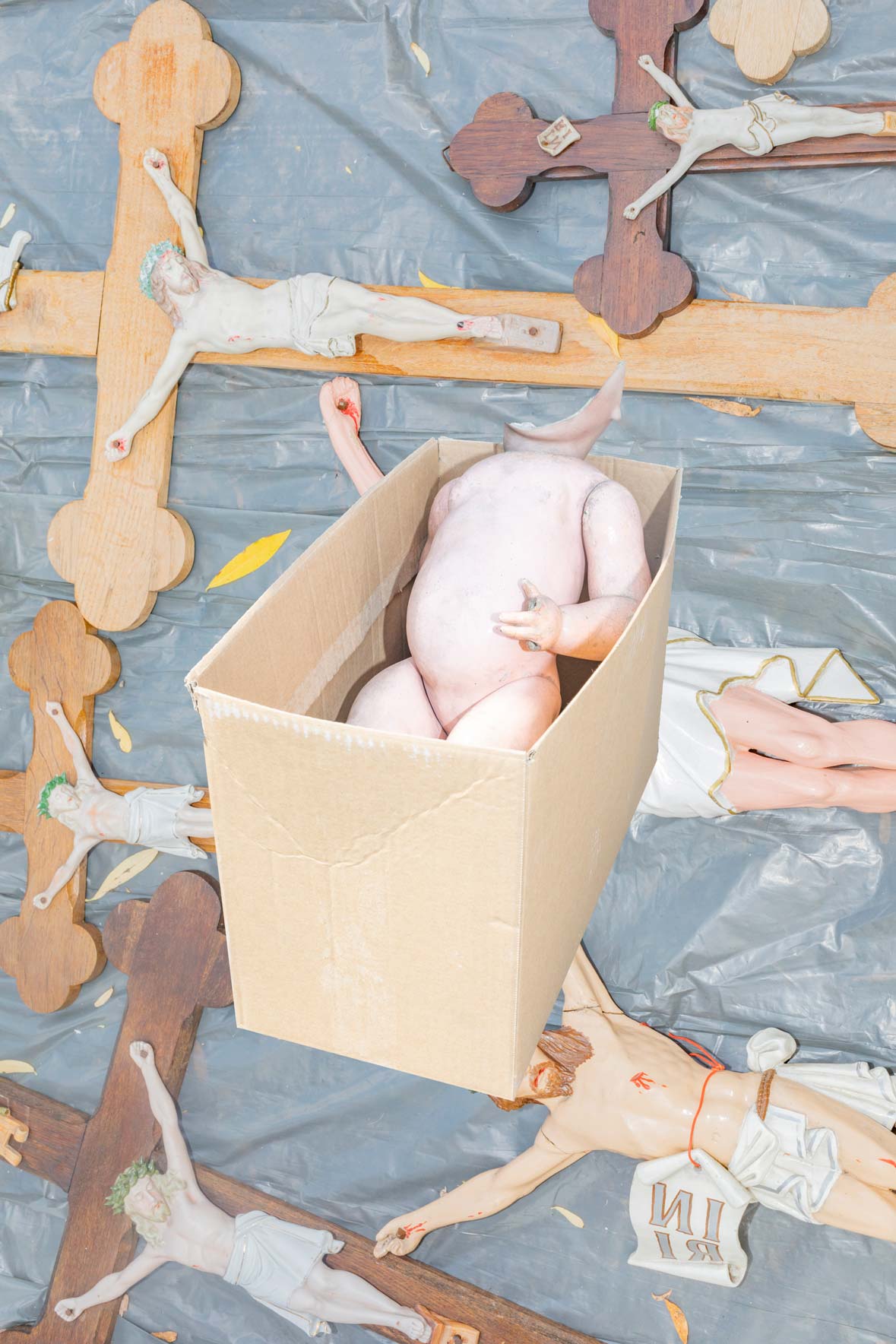
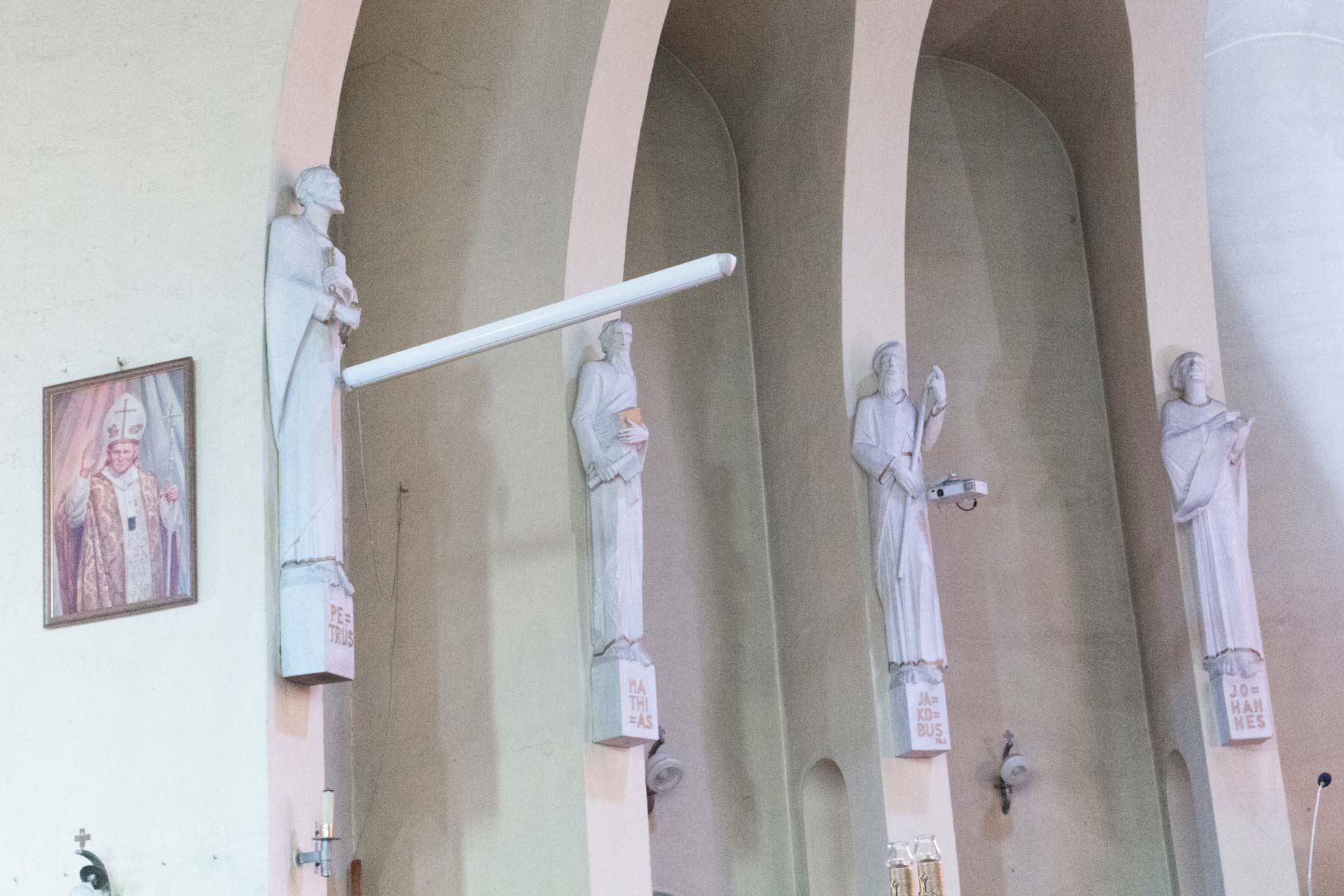
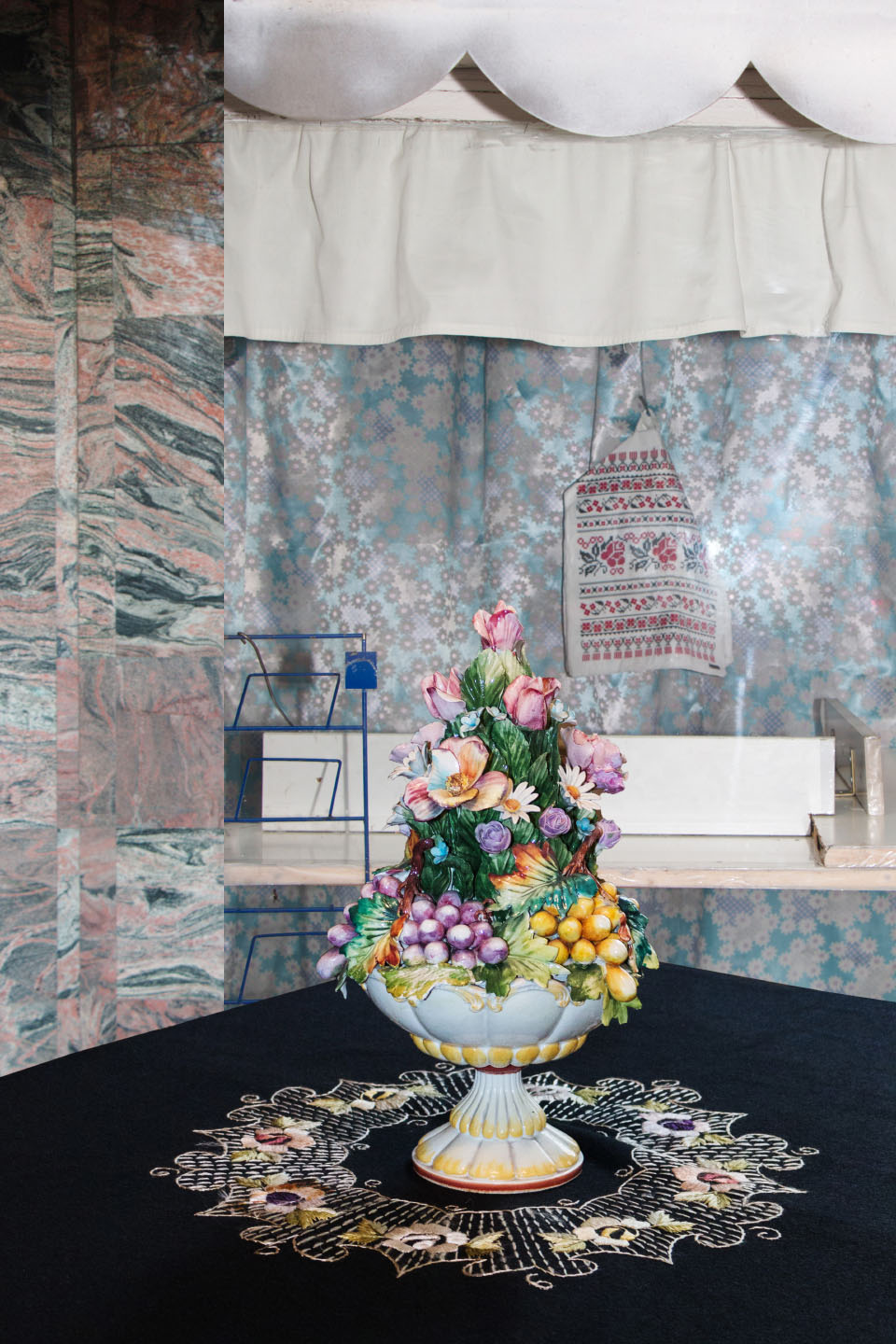
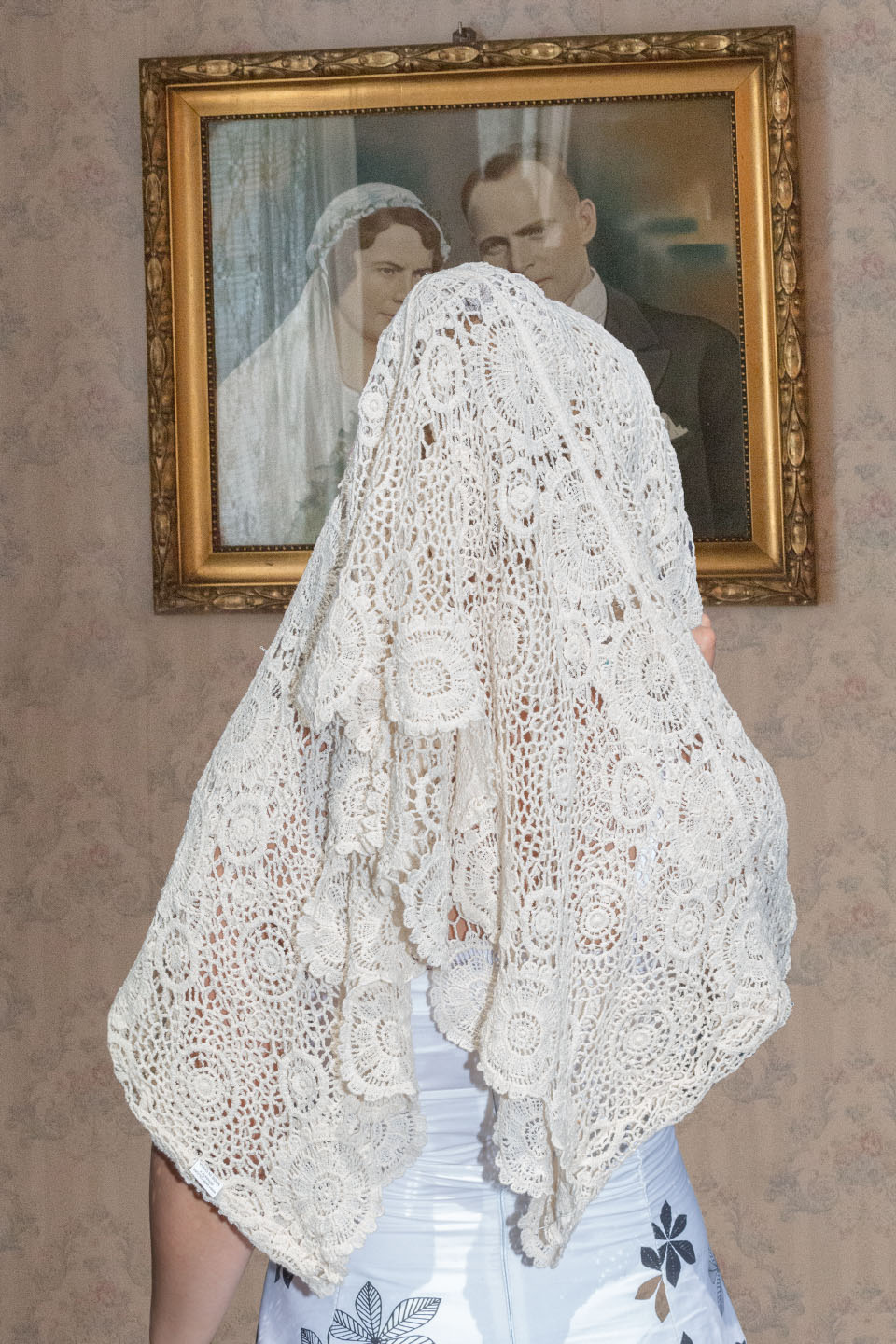
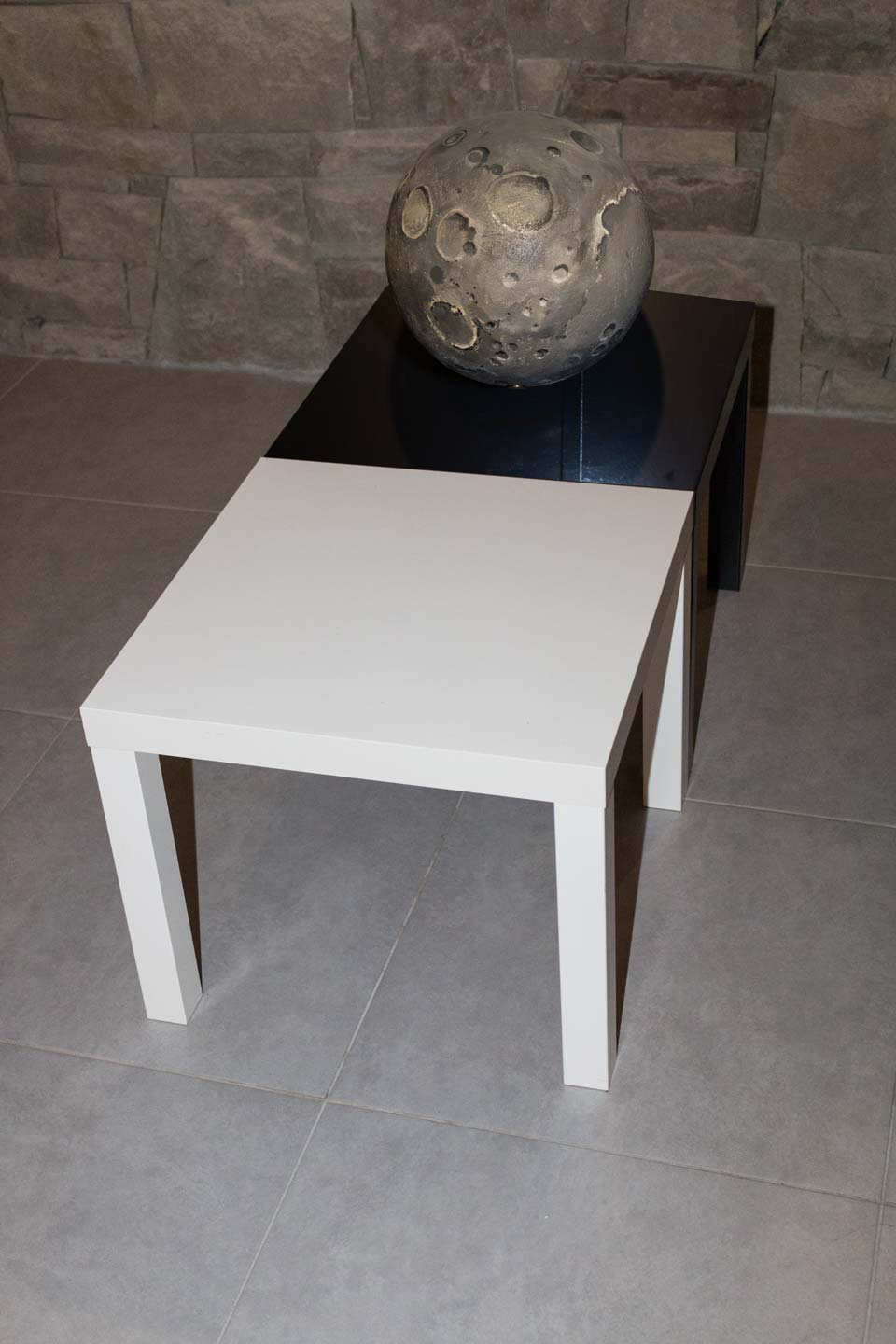
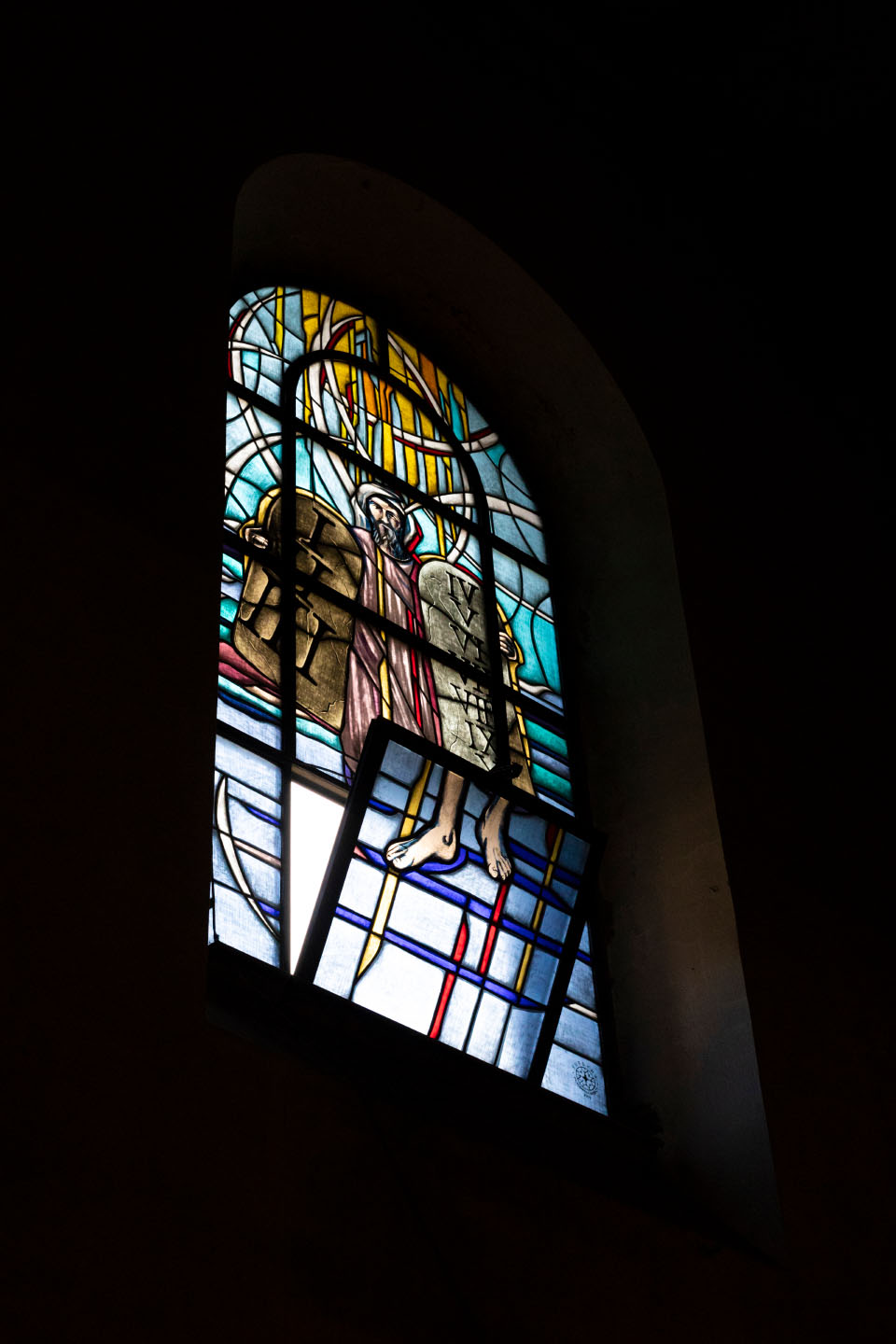
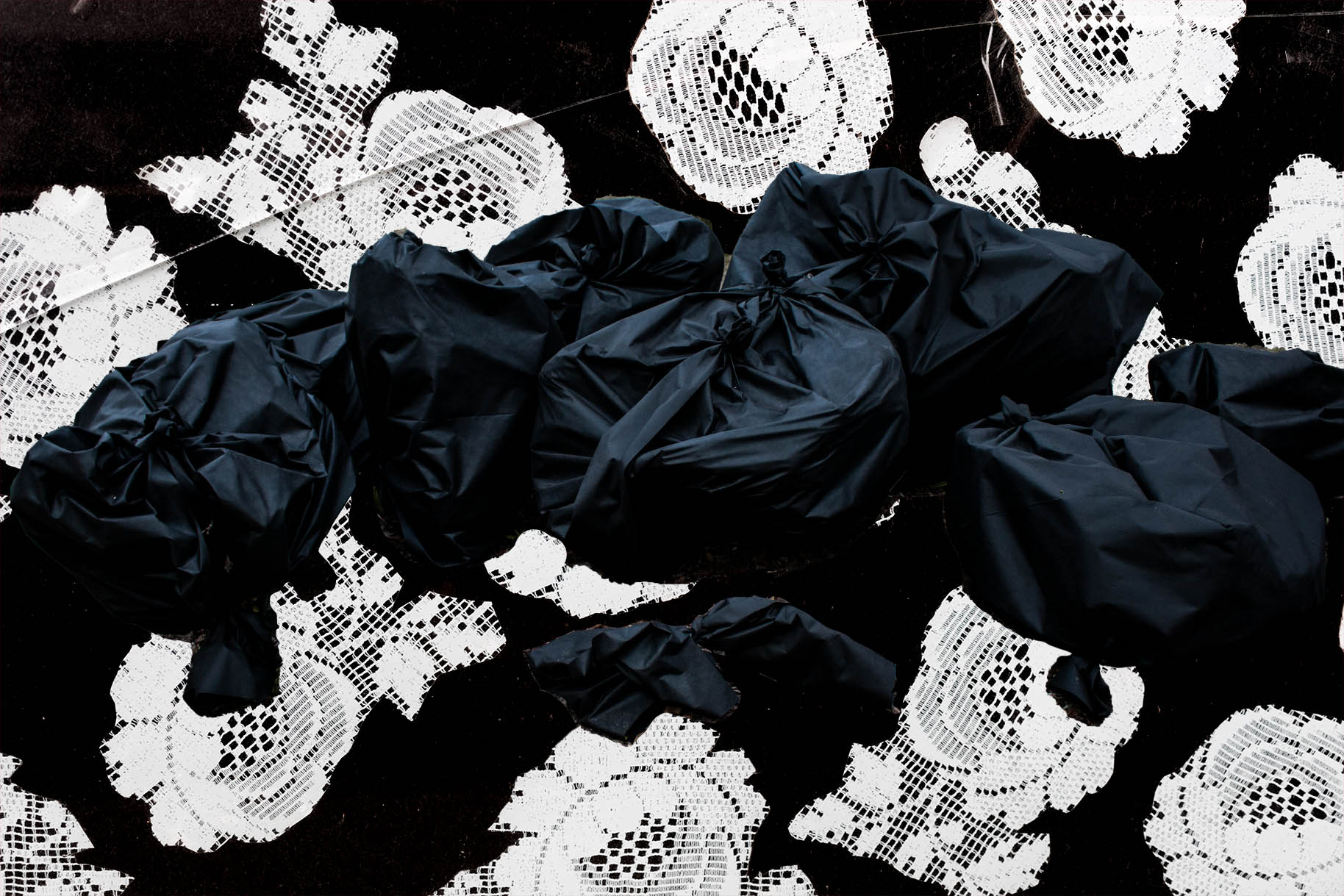
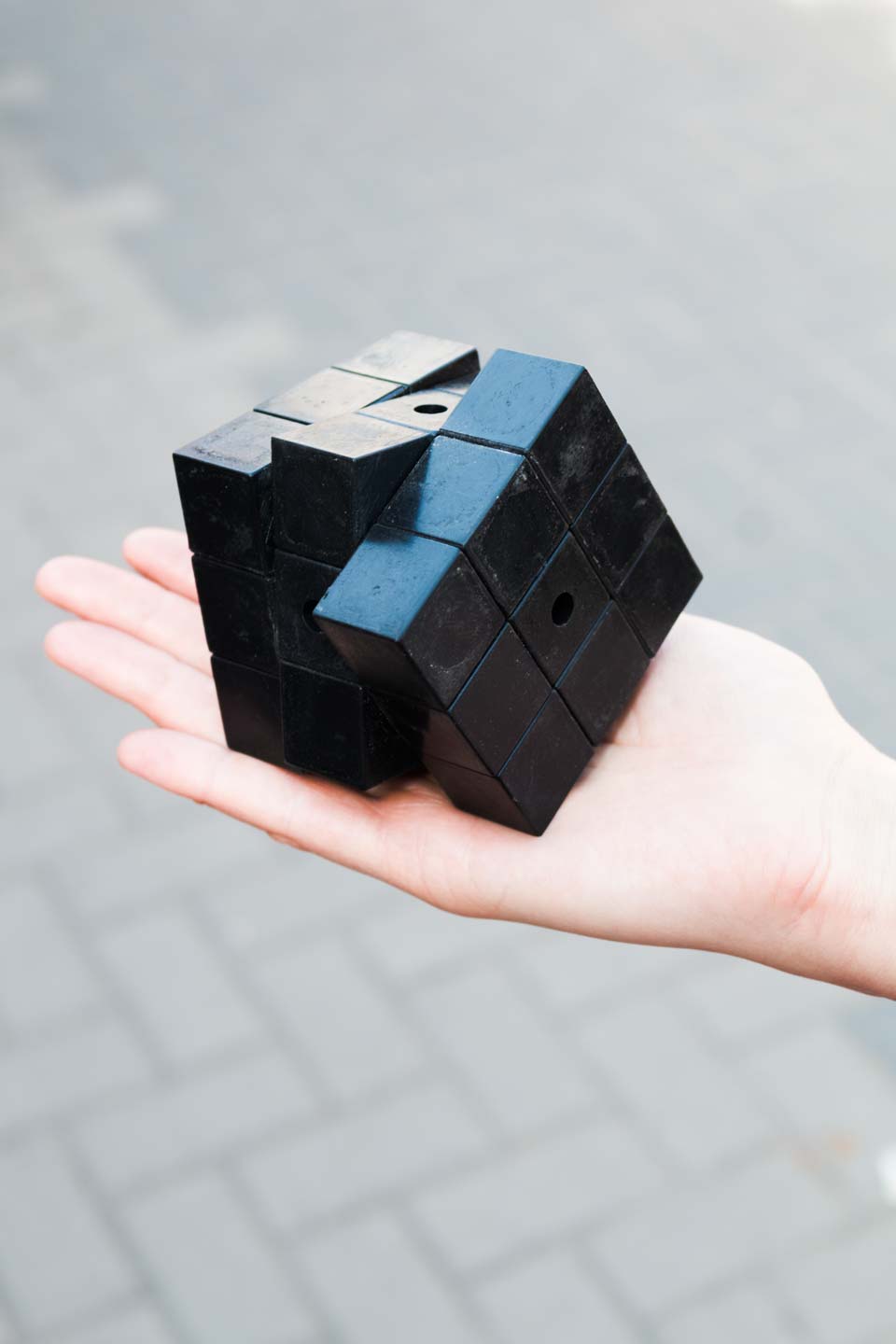
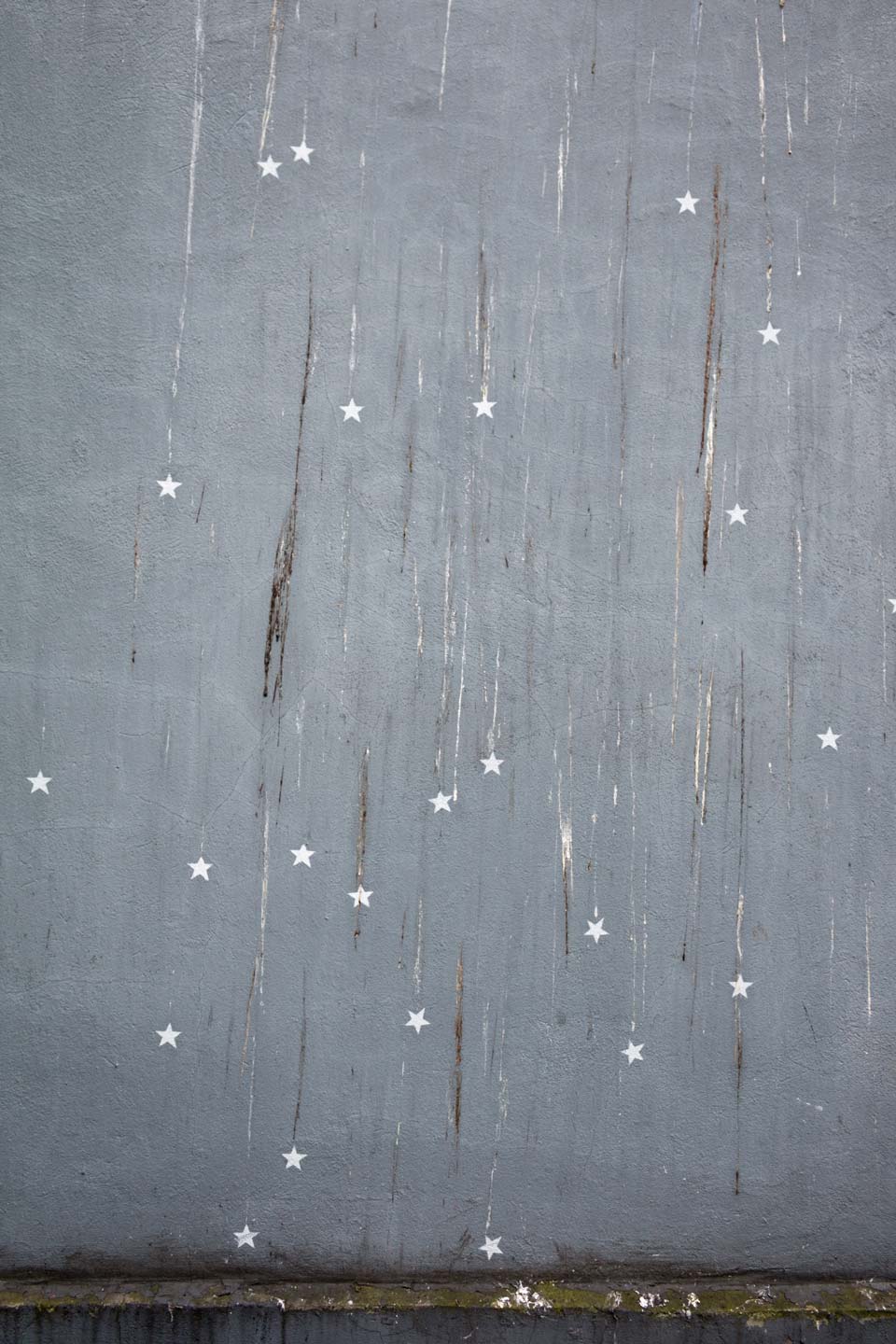
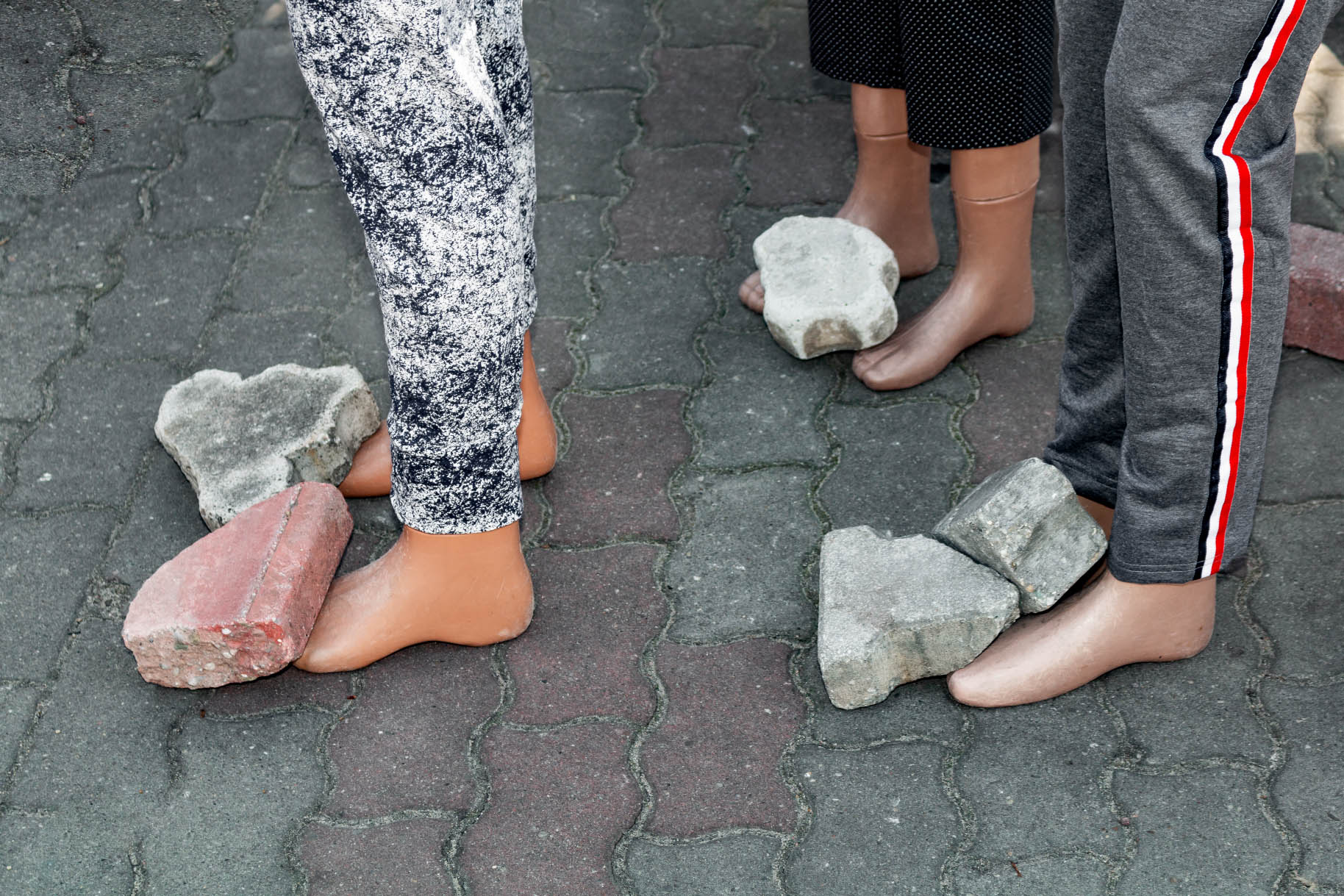
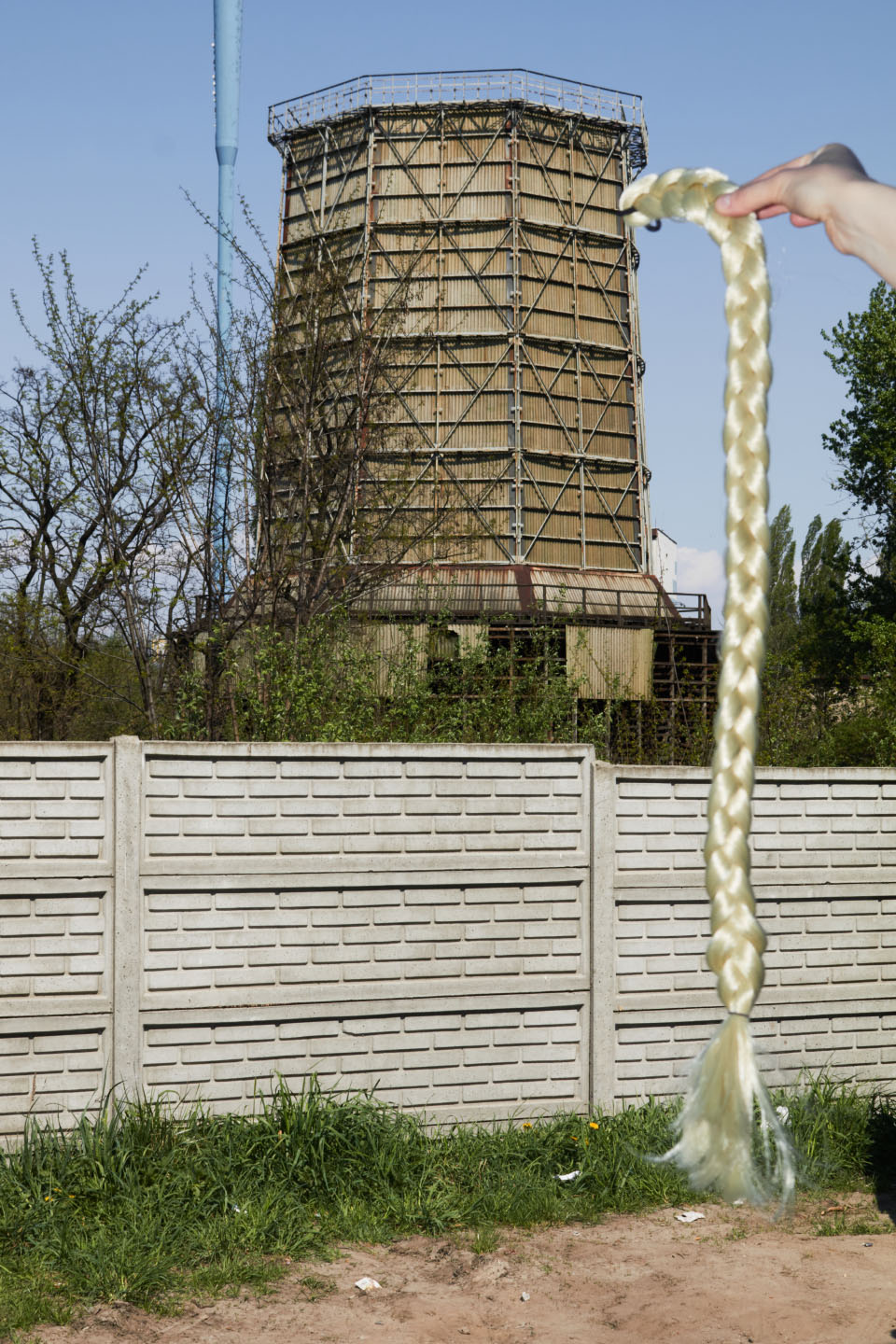
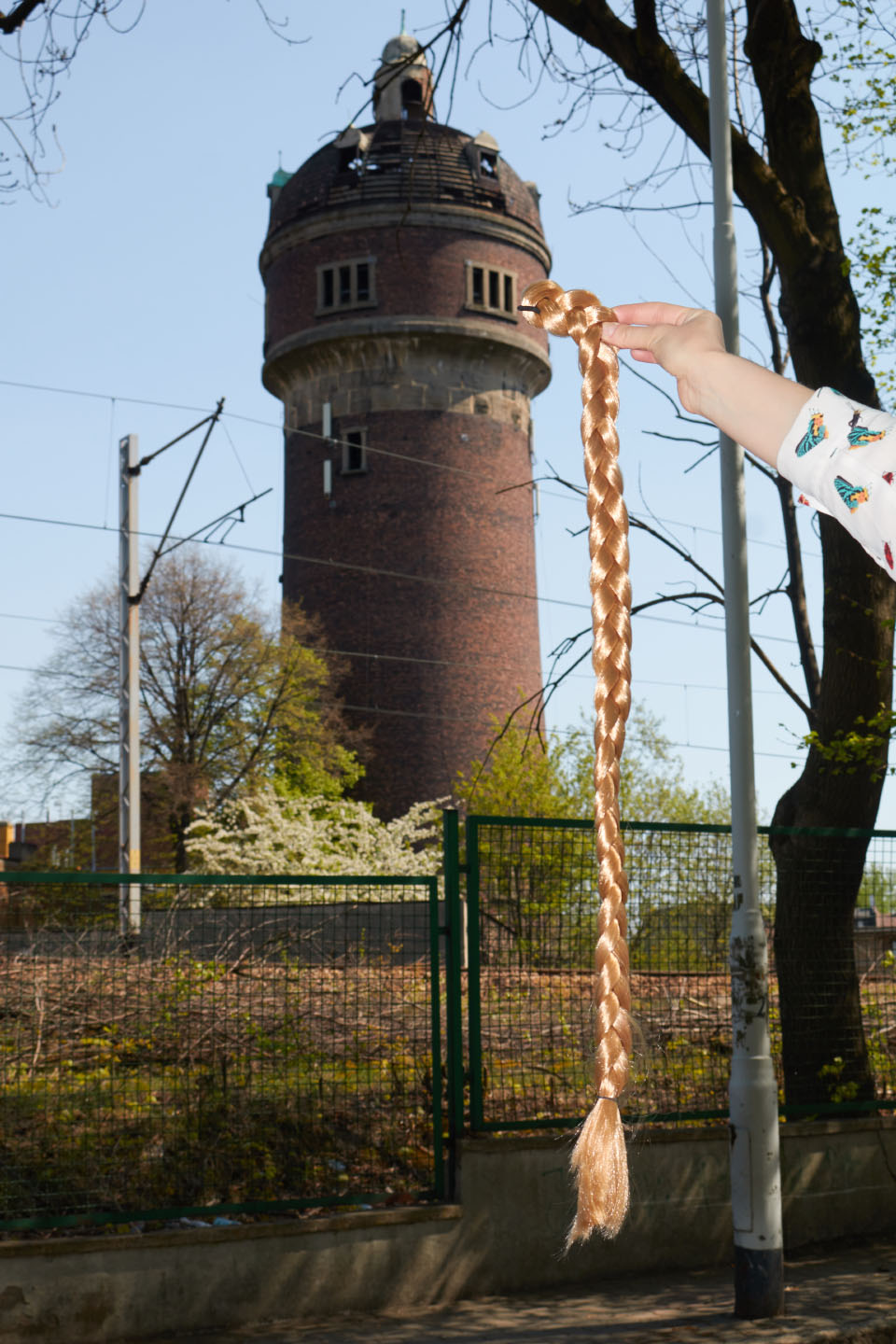
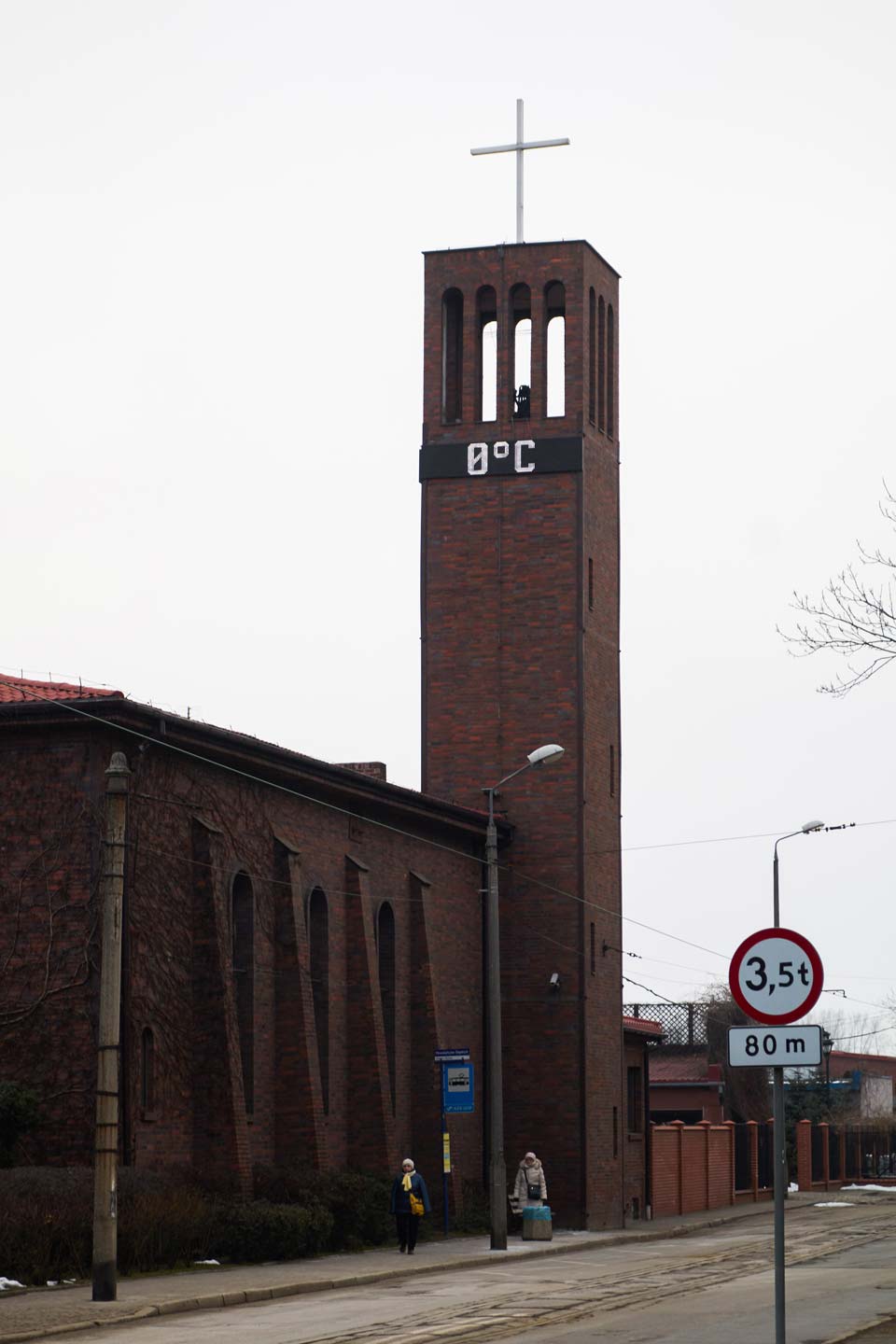
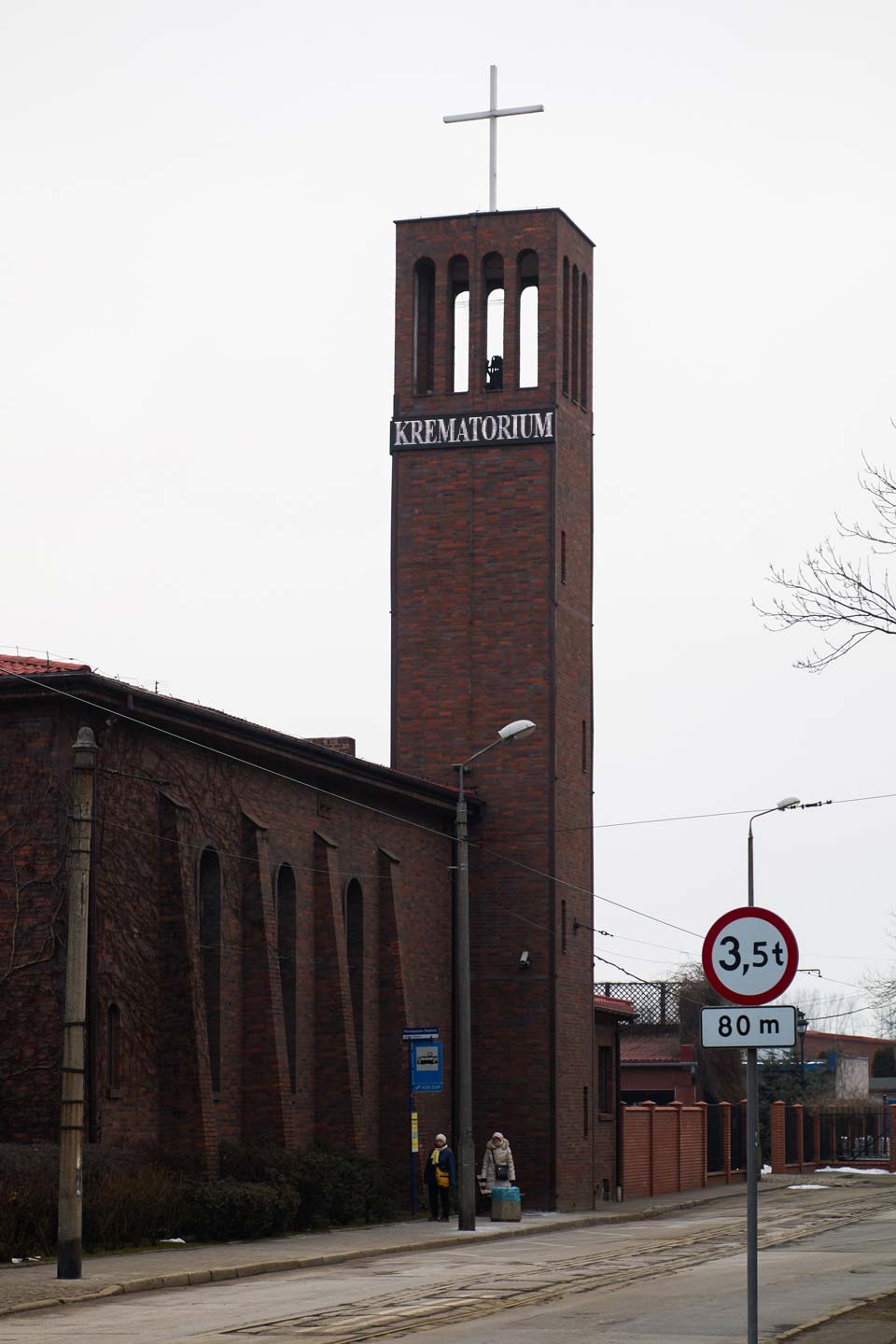
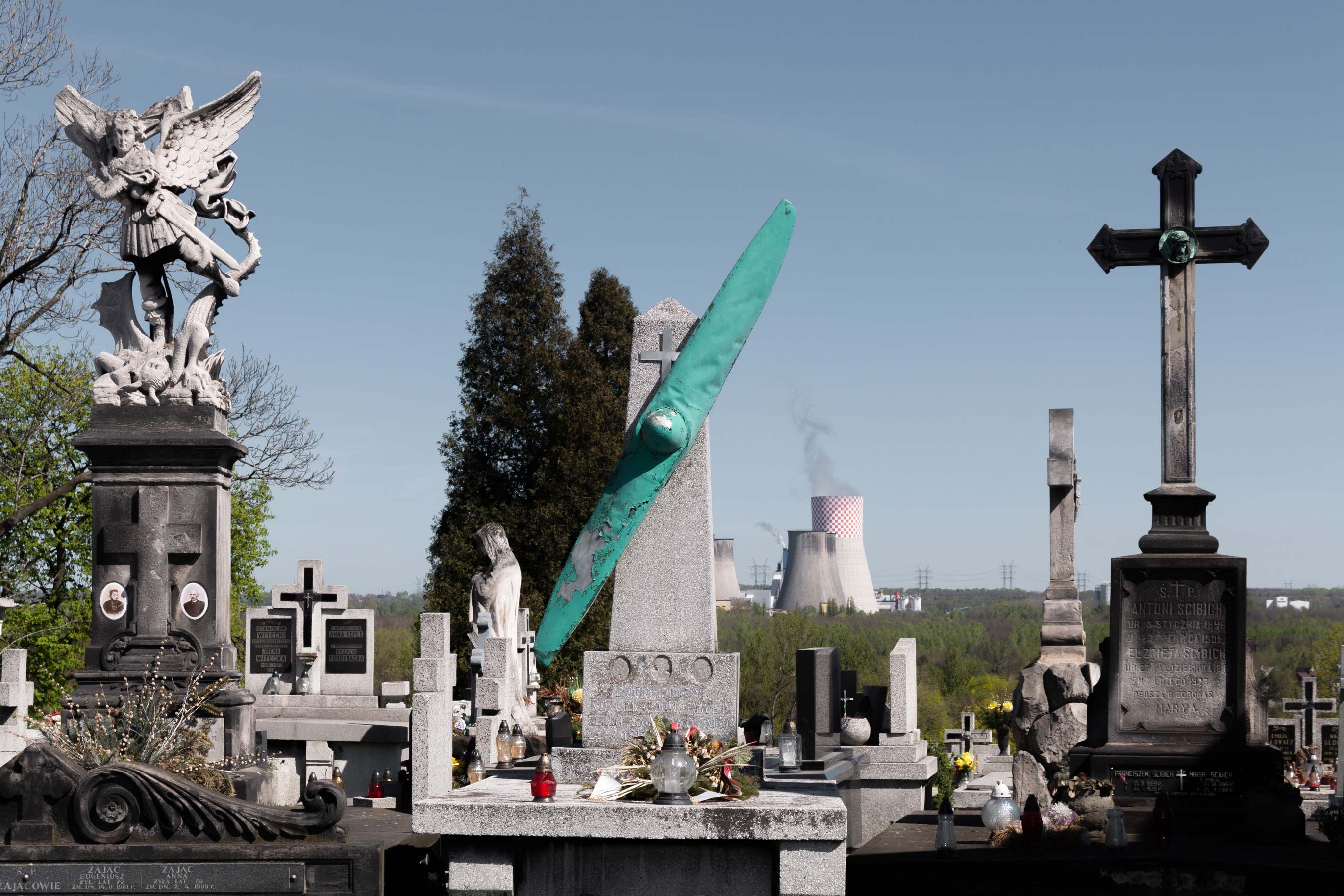
Zhukovskiy
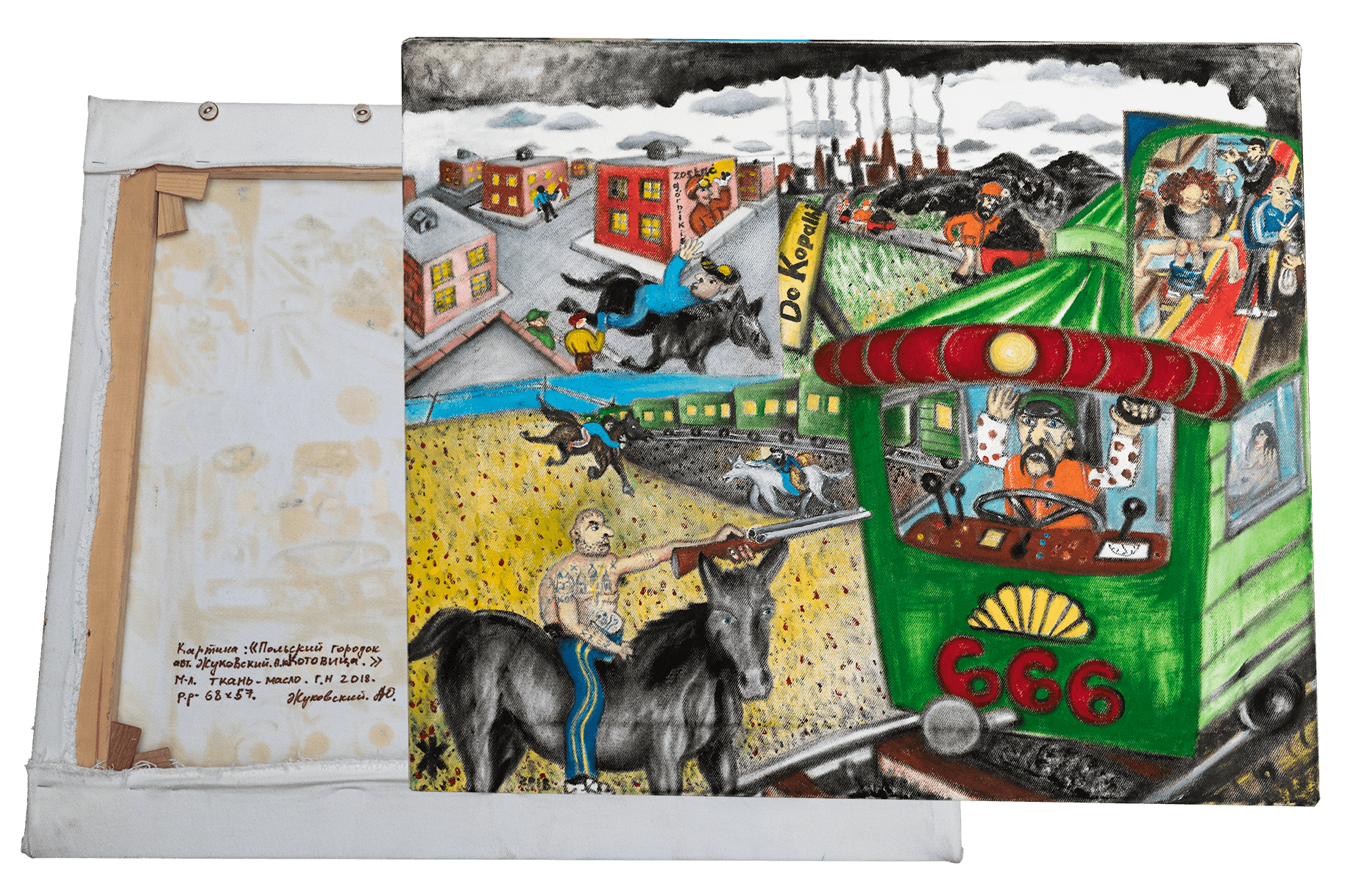
In Ukraine we heard a legend, that it’s not safe to pass Katowice by train: you'll be instantly rubbed by a gang of miners that lost their jobs.
We told this story to Olexandr Zhukovskiy, a self-tought painter from Herson, which never left Ukraine, and asked him to imagine how such rubbery could look like. We shared no images with Olexandr, but were amazed how his colors matched our pictures.
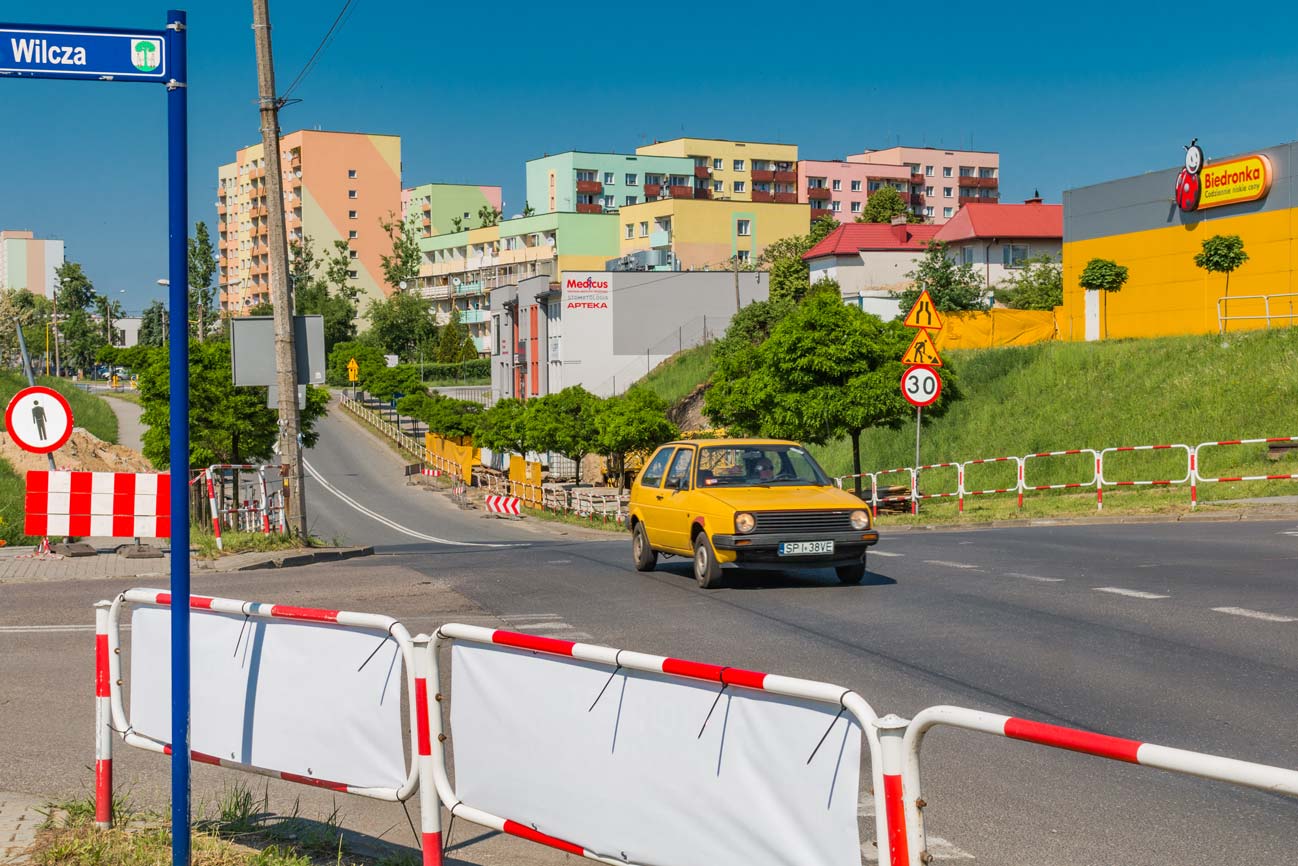
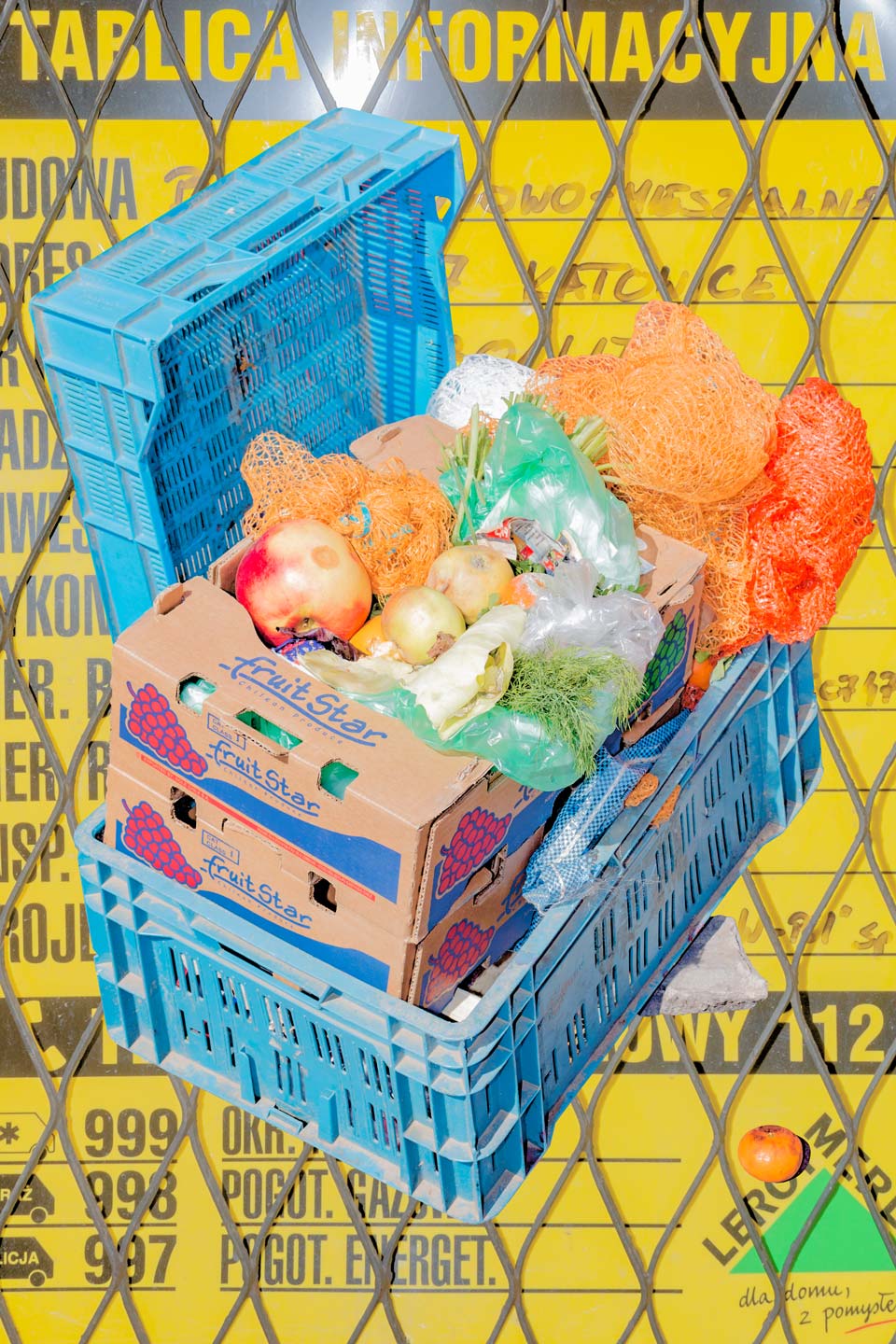
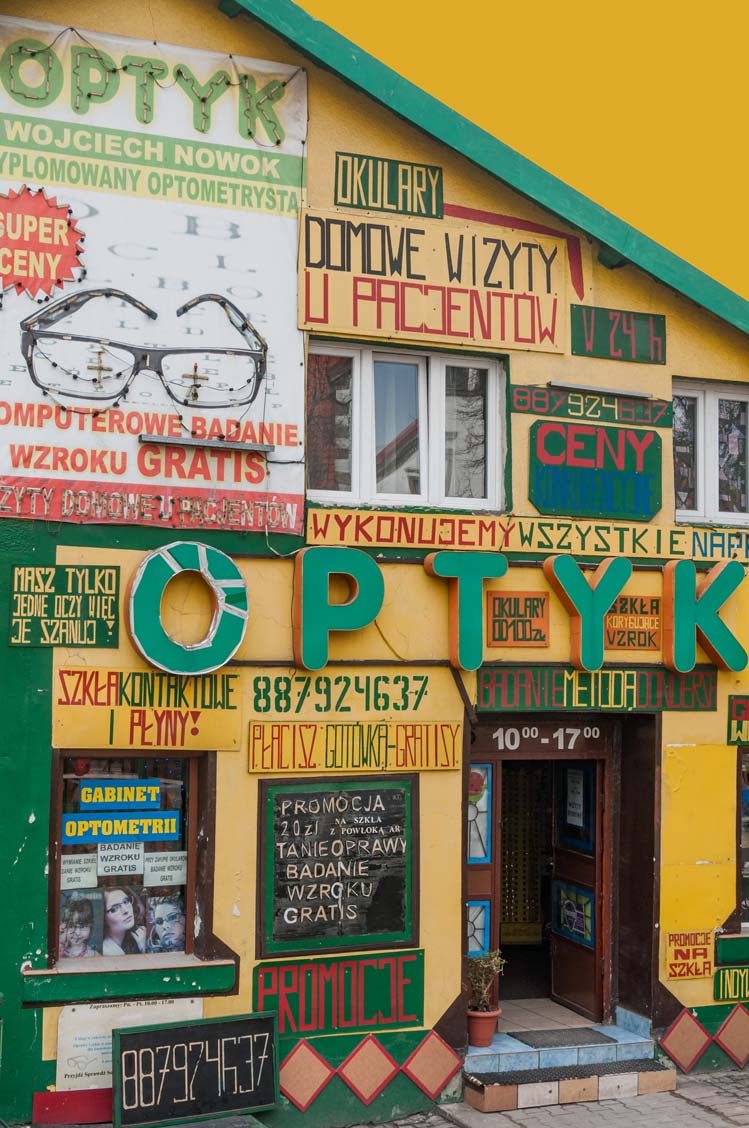
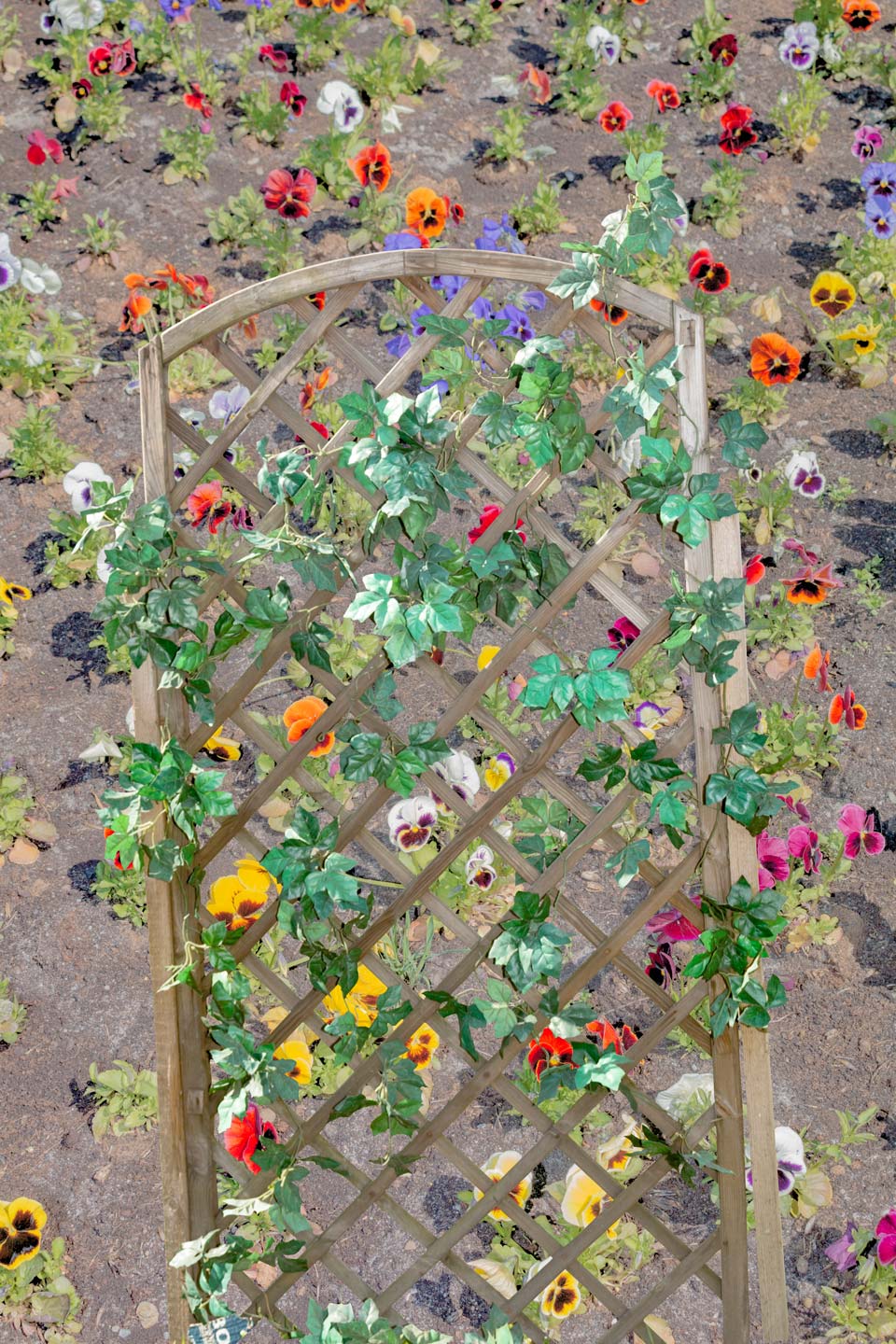
One of the slogans of industrial Katowice is “The City of Gardens”. We've been before to The City of Floating Gardens, The City of Tulips, The City of Roses, even The City, where Sideways were Swept with Roses.
Katowice lived through some bad times in 90s, when its industry stopped working as Poland was recovering from the soviet economy. Now the life looks different, old mines are rebuilt into modern art centers, but mythology stayed: somewhere between city legends and city branding.
...we found this baloon angel in a window of a grocery store in a small mining town. We wanted to take consequent pictures of it changing the shape while deflating. Three months passed, but it had not changed too much. Instead, it was making creepy crying sounds every night, when it was getting colder in our room.
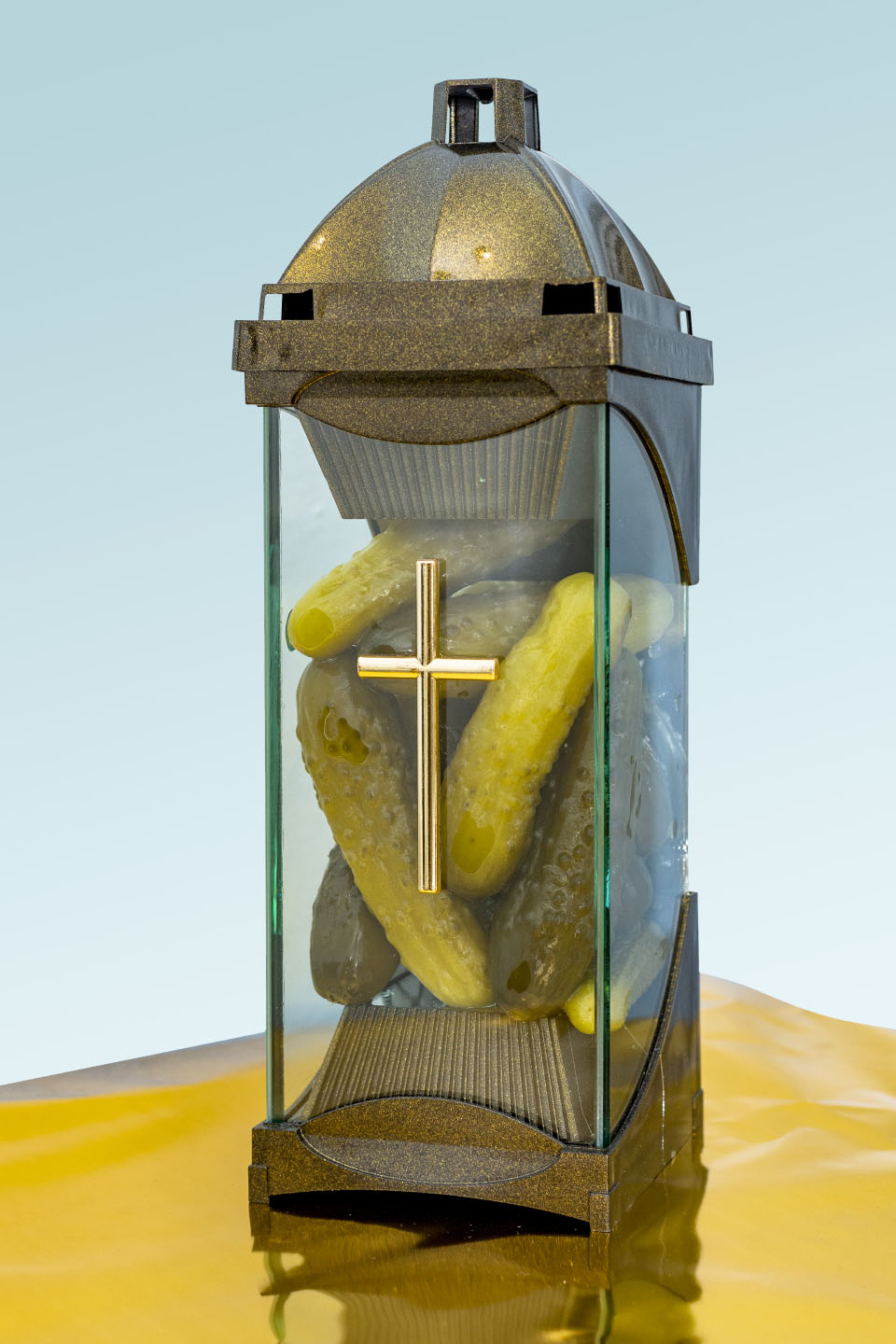
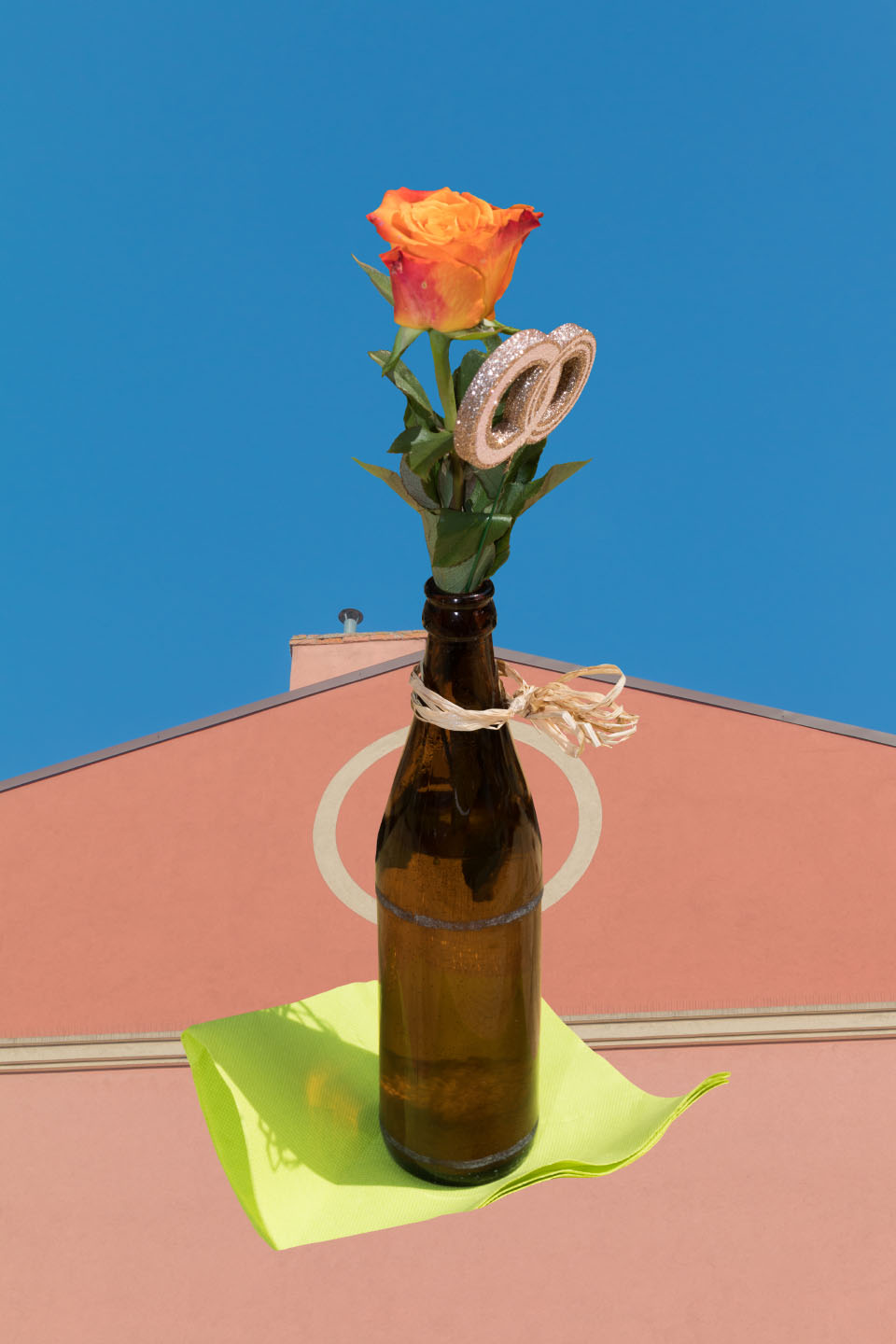
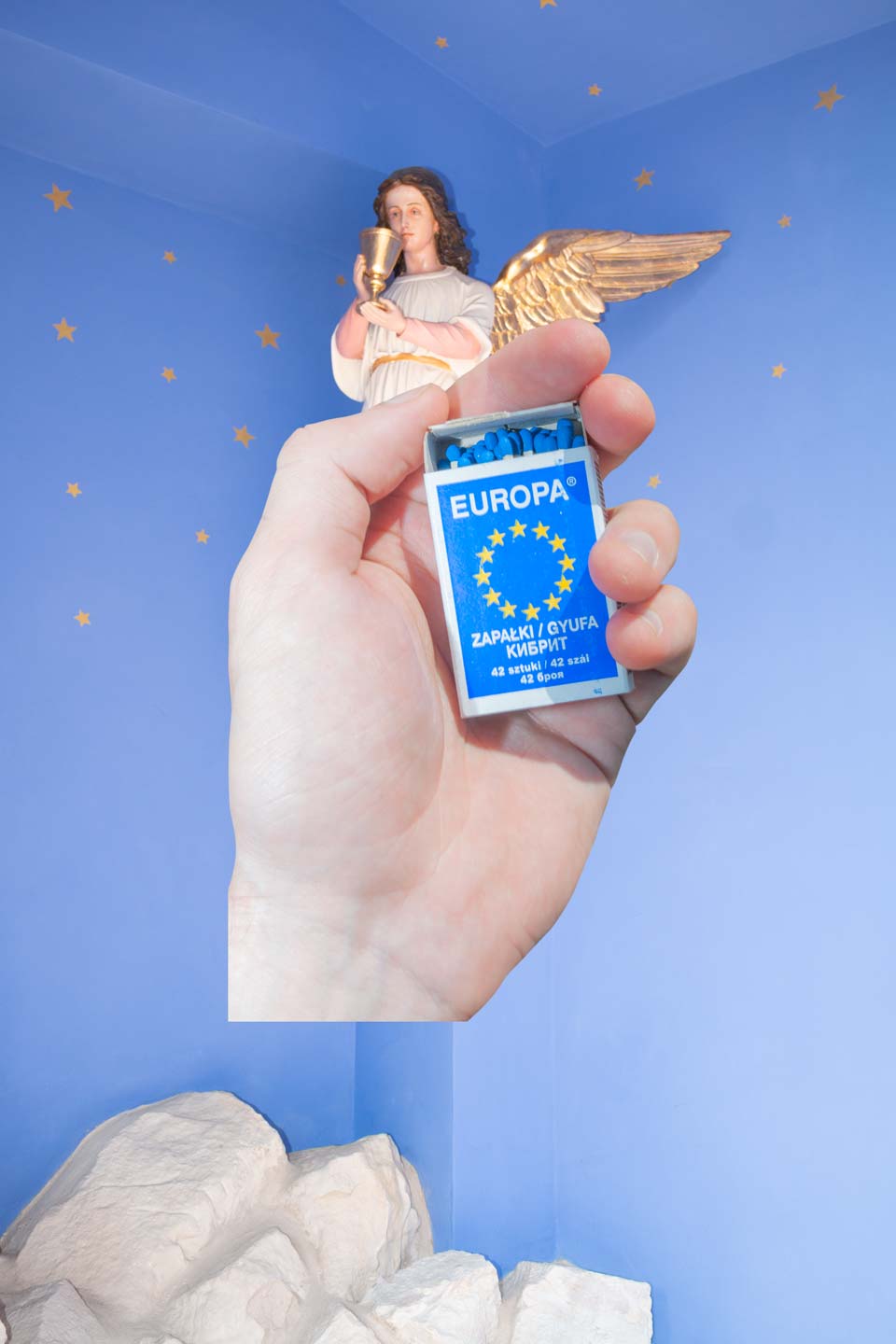

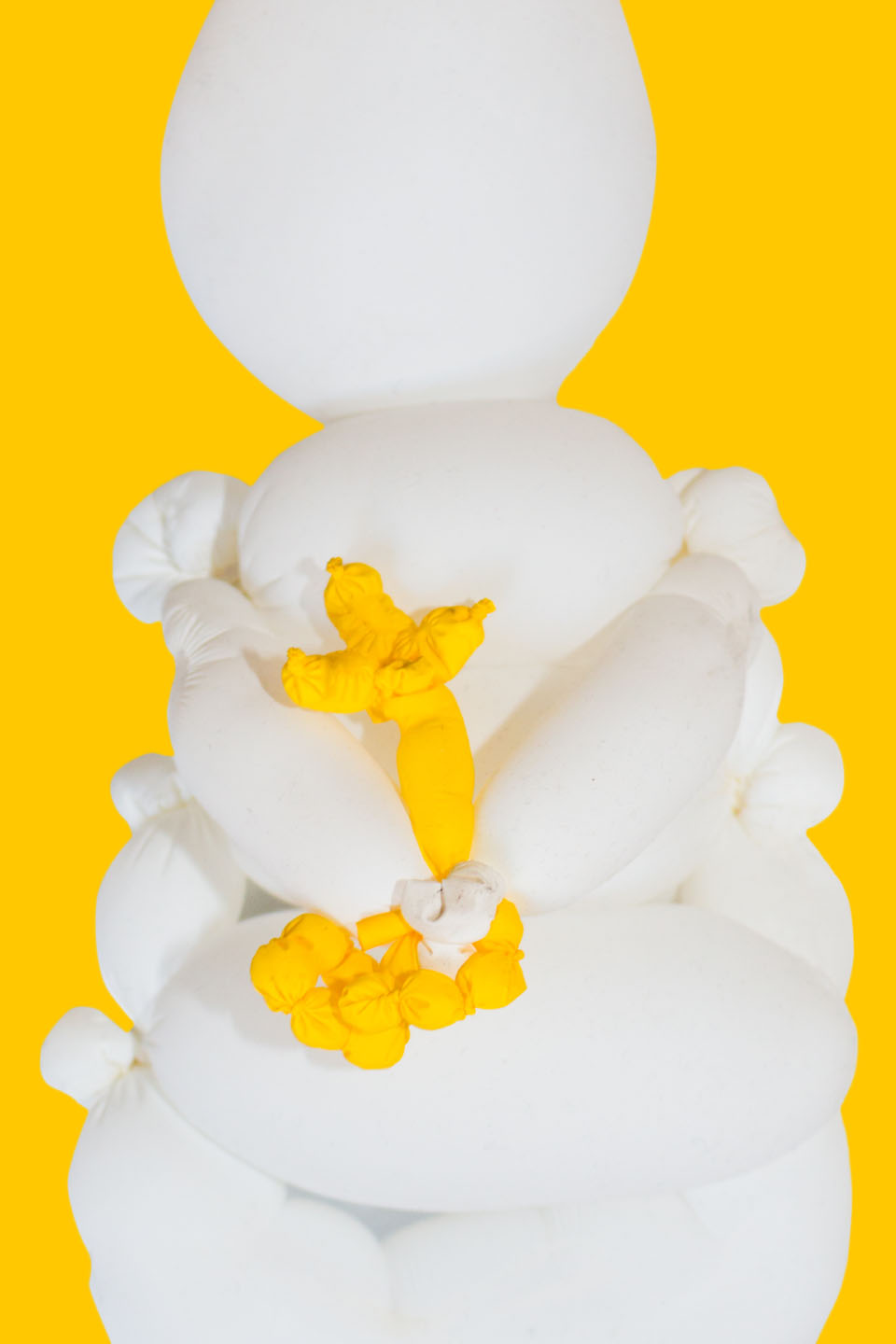
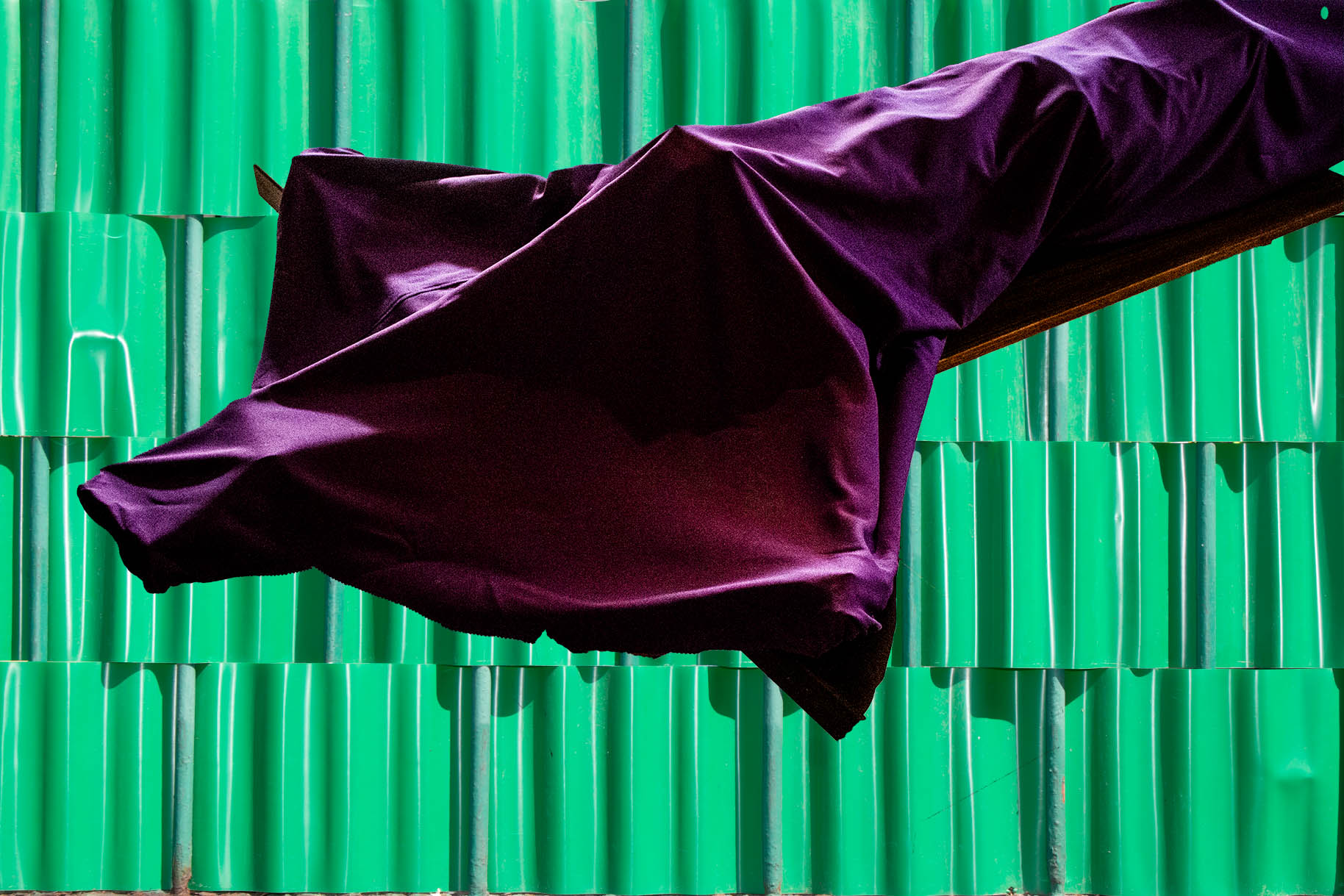
Górnośląski Okręg Przemysłowy, SubachPoliakov, 20——18

